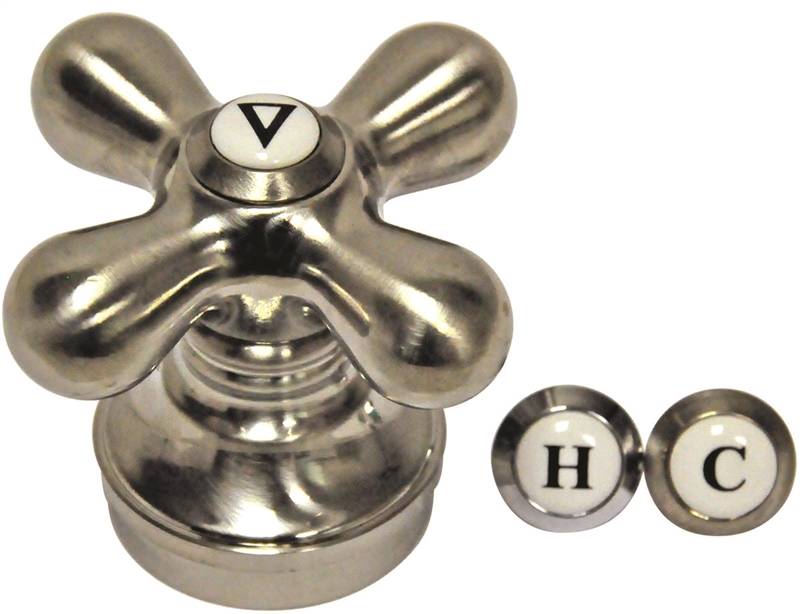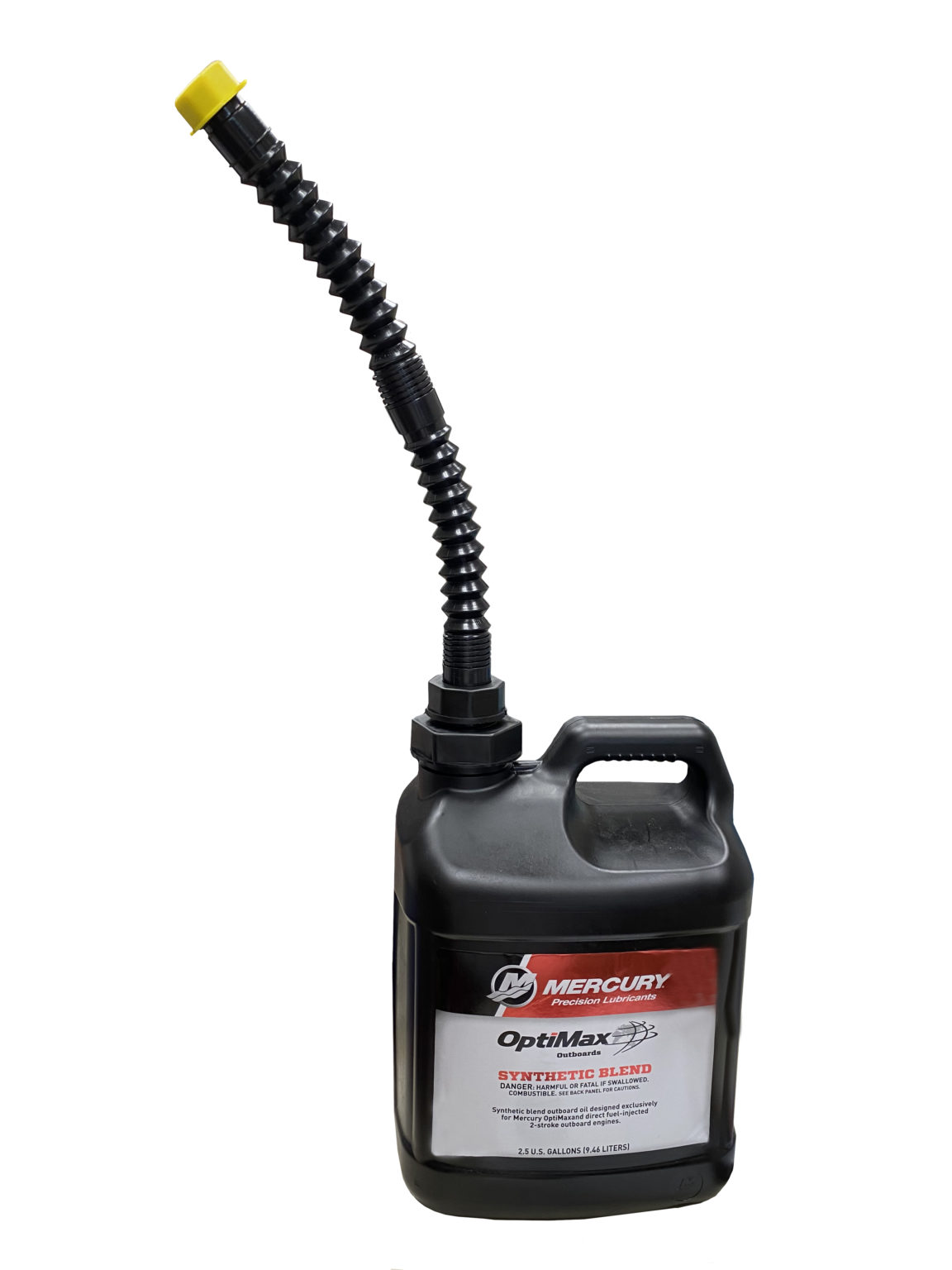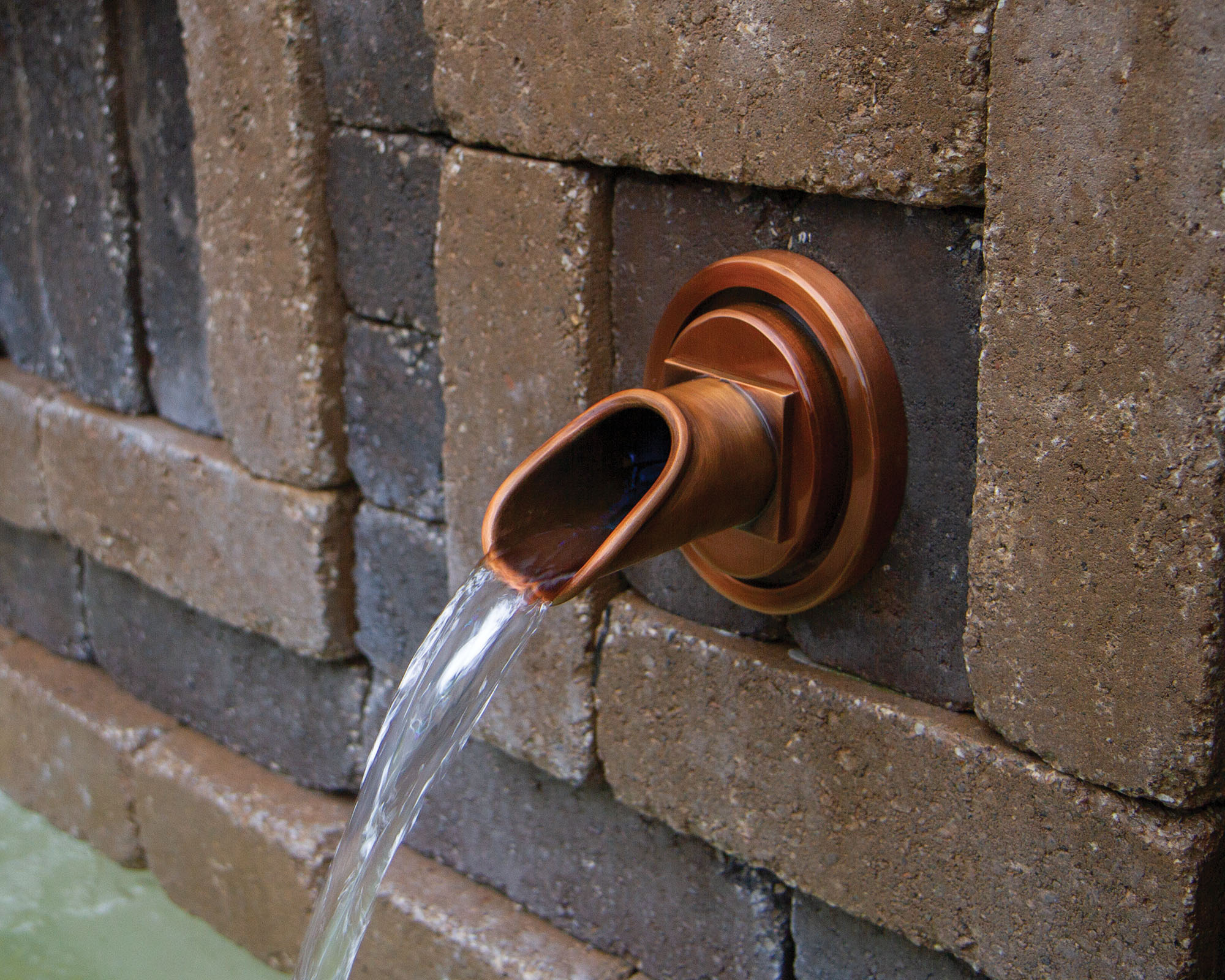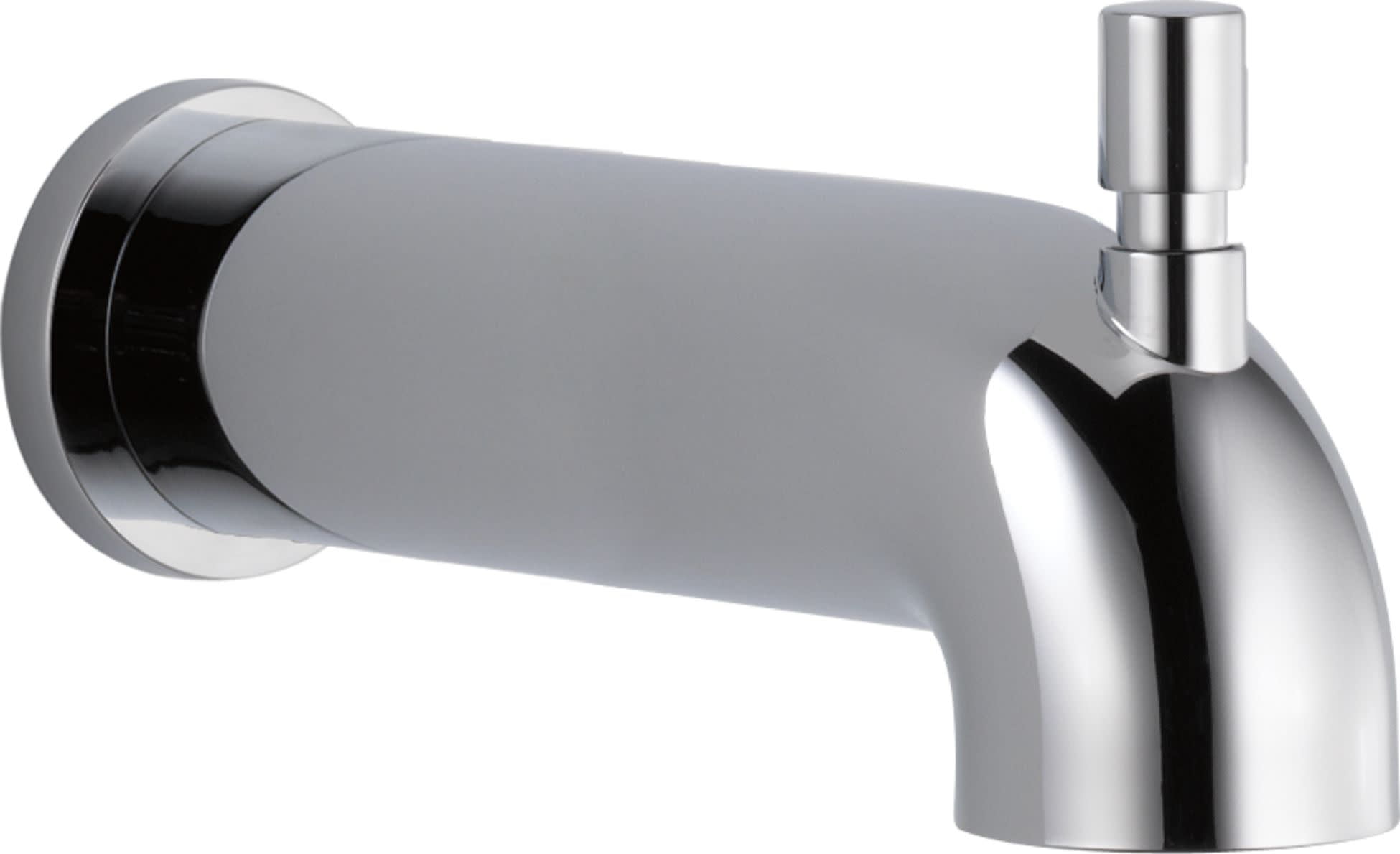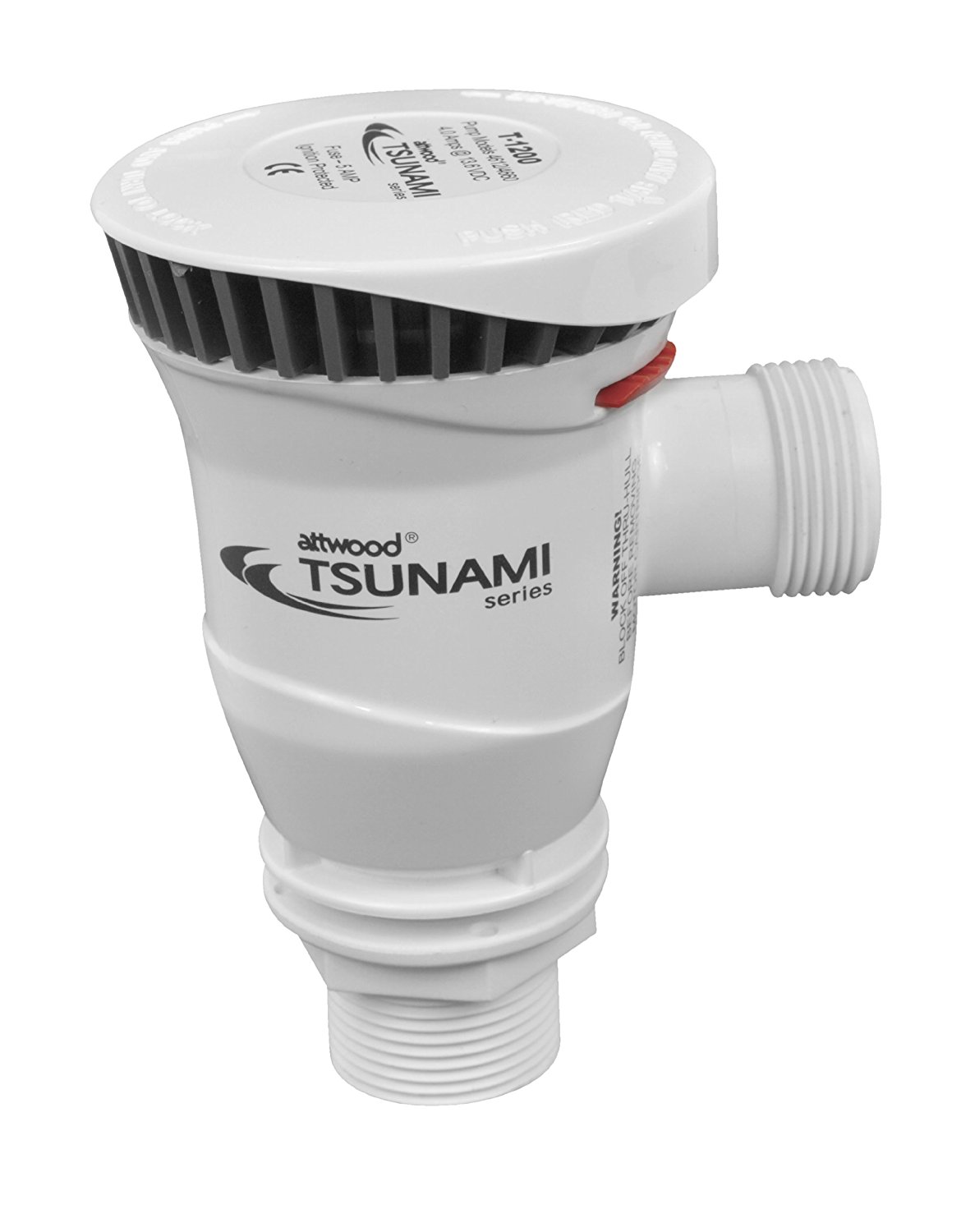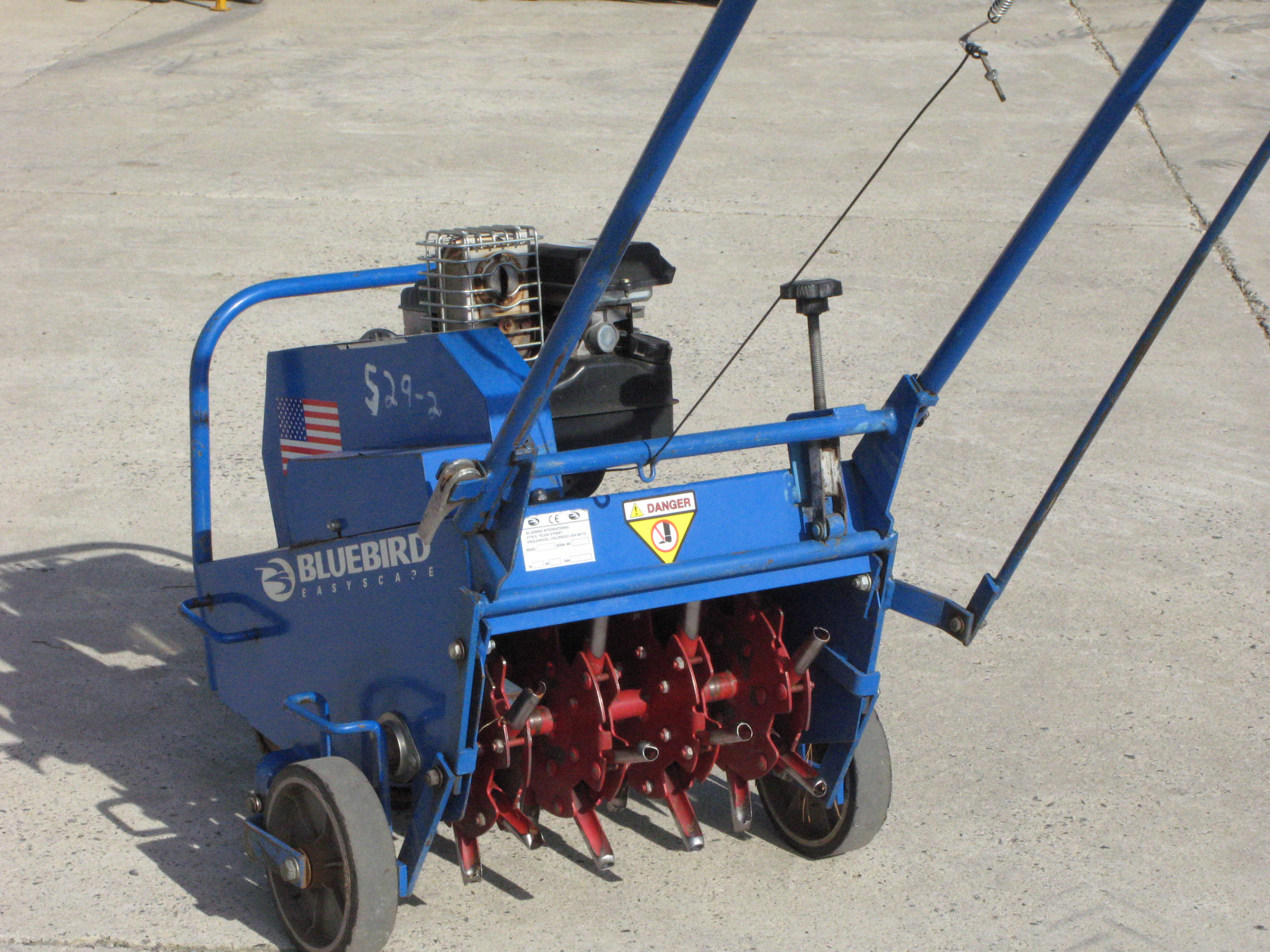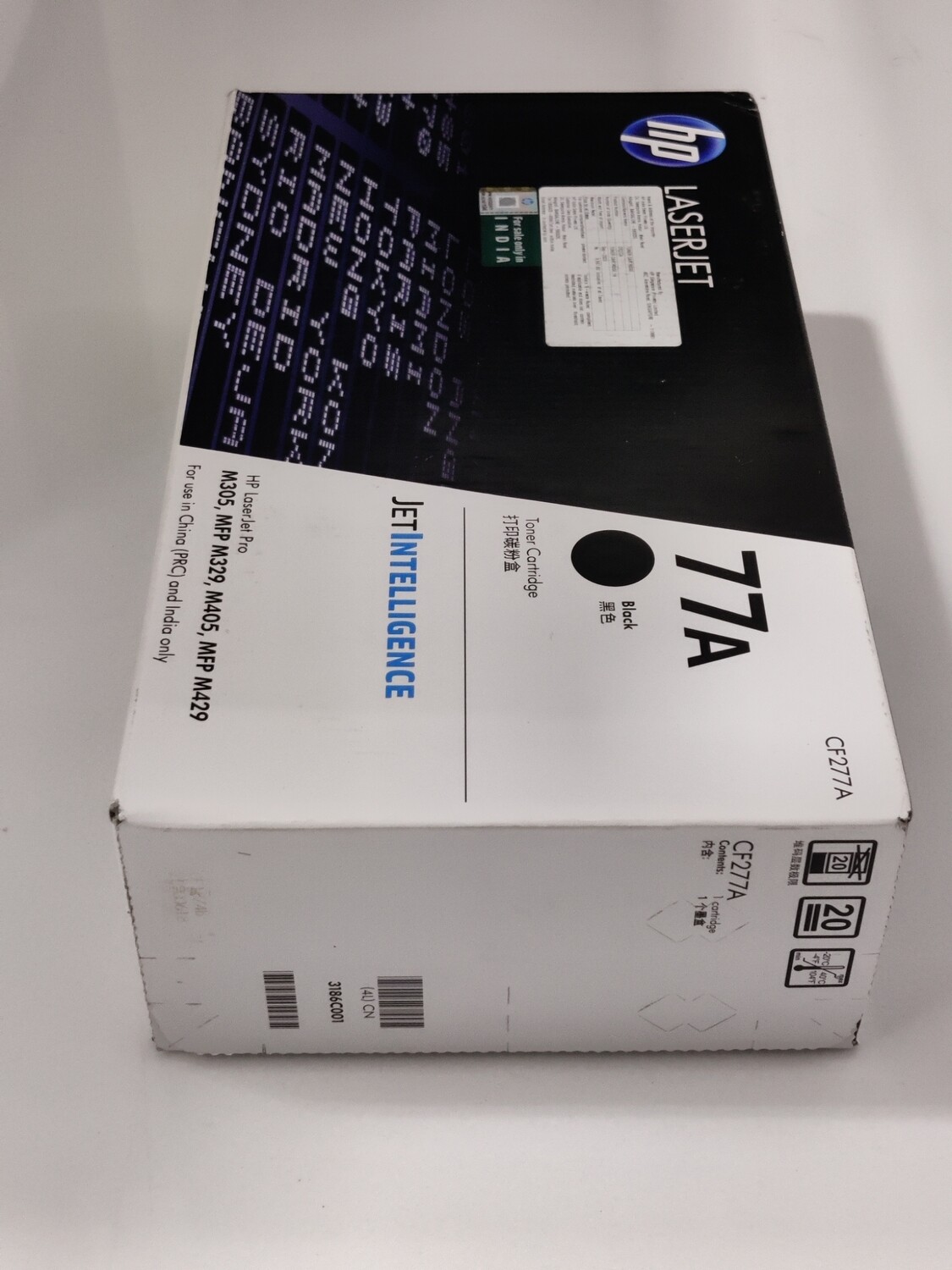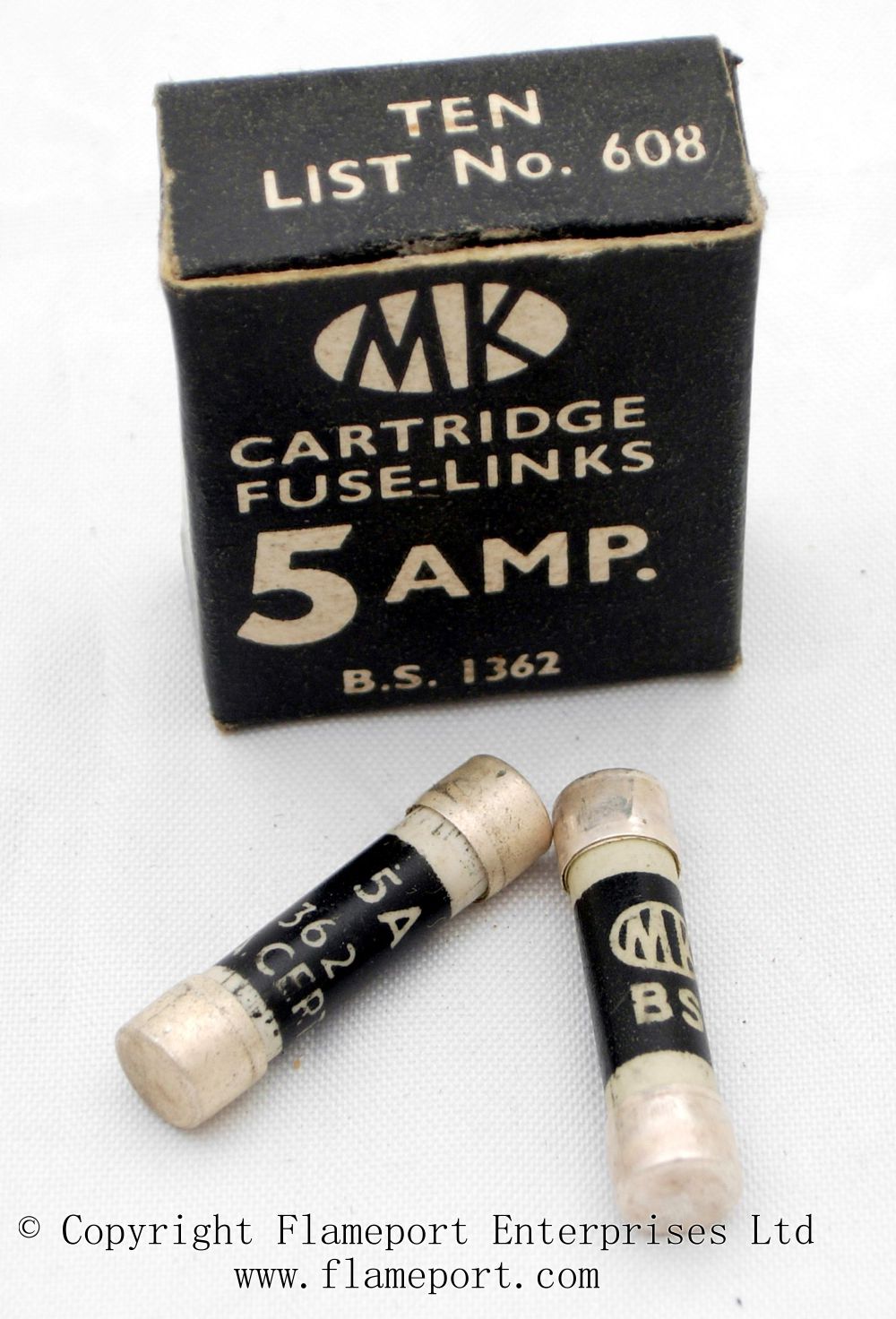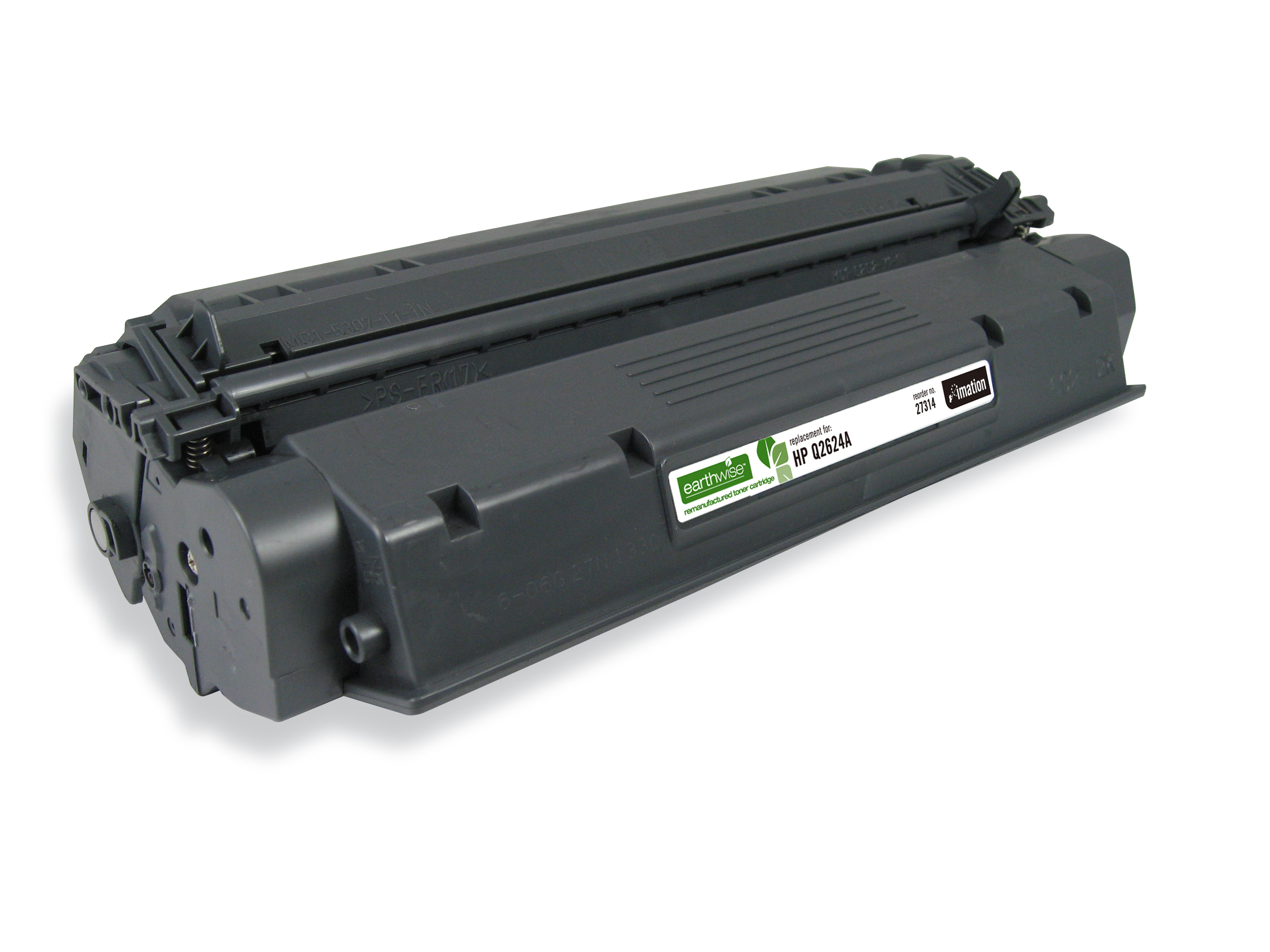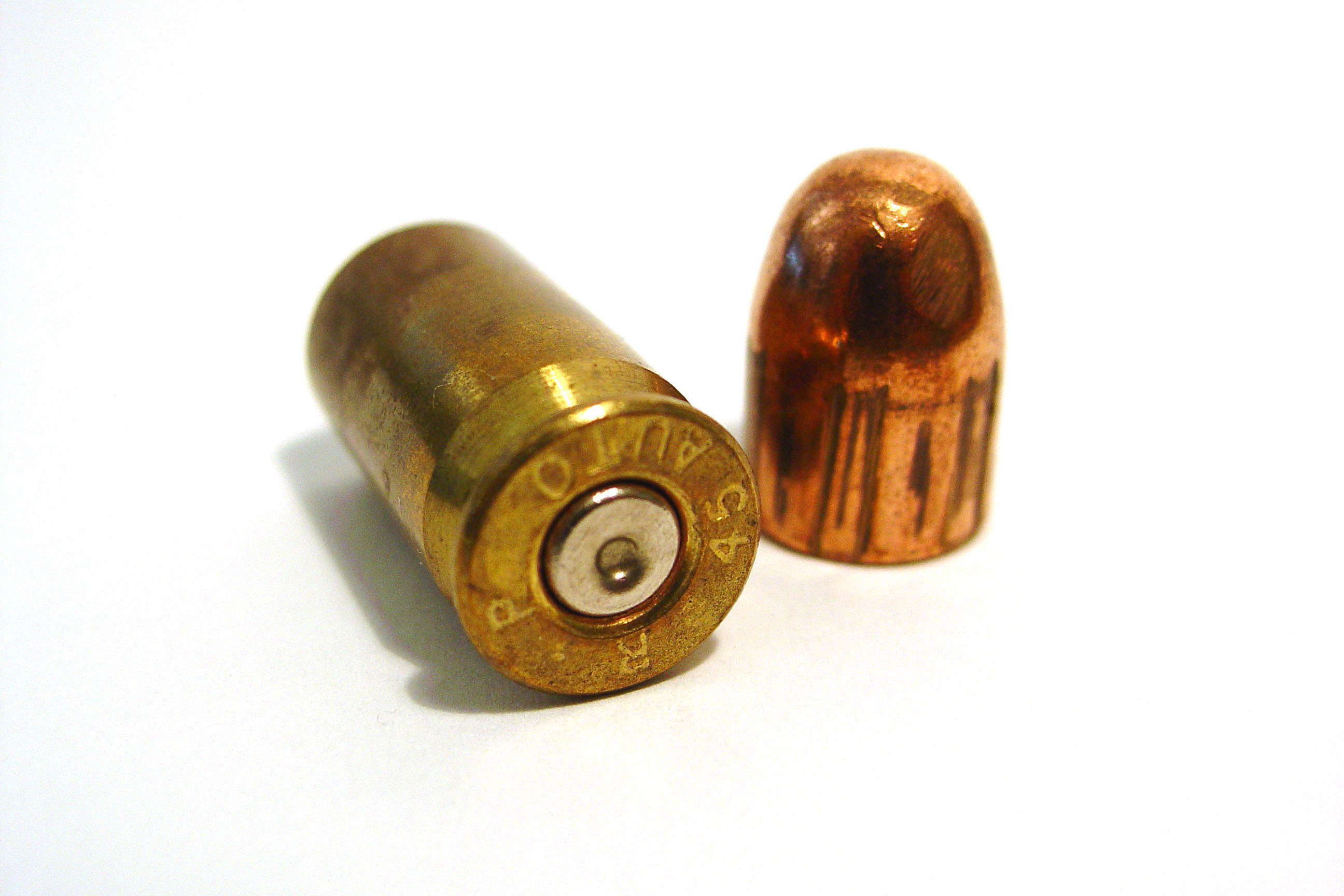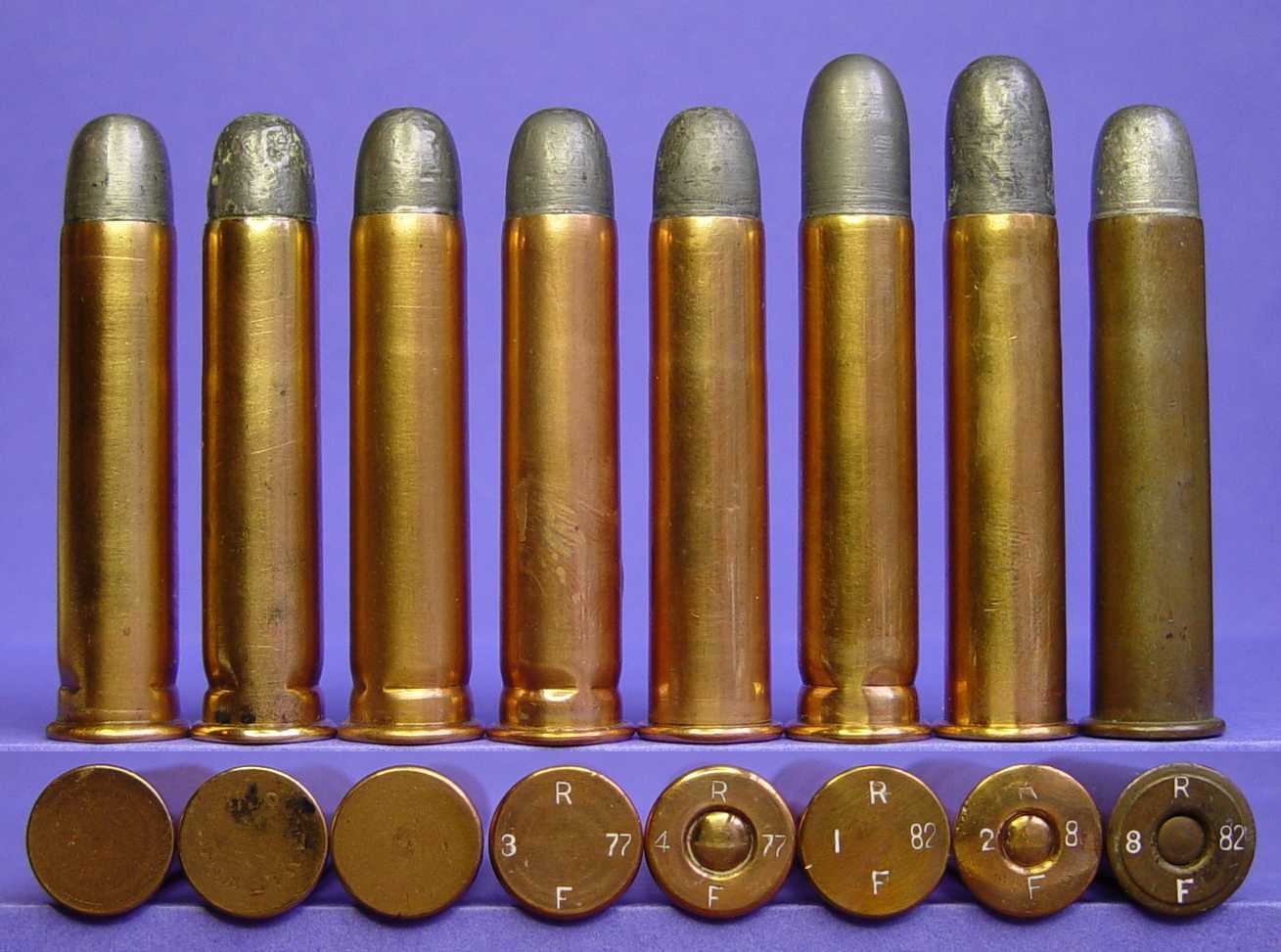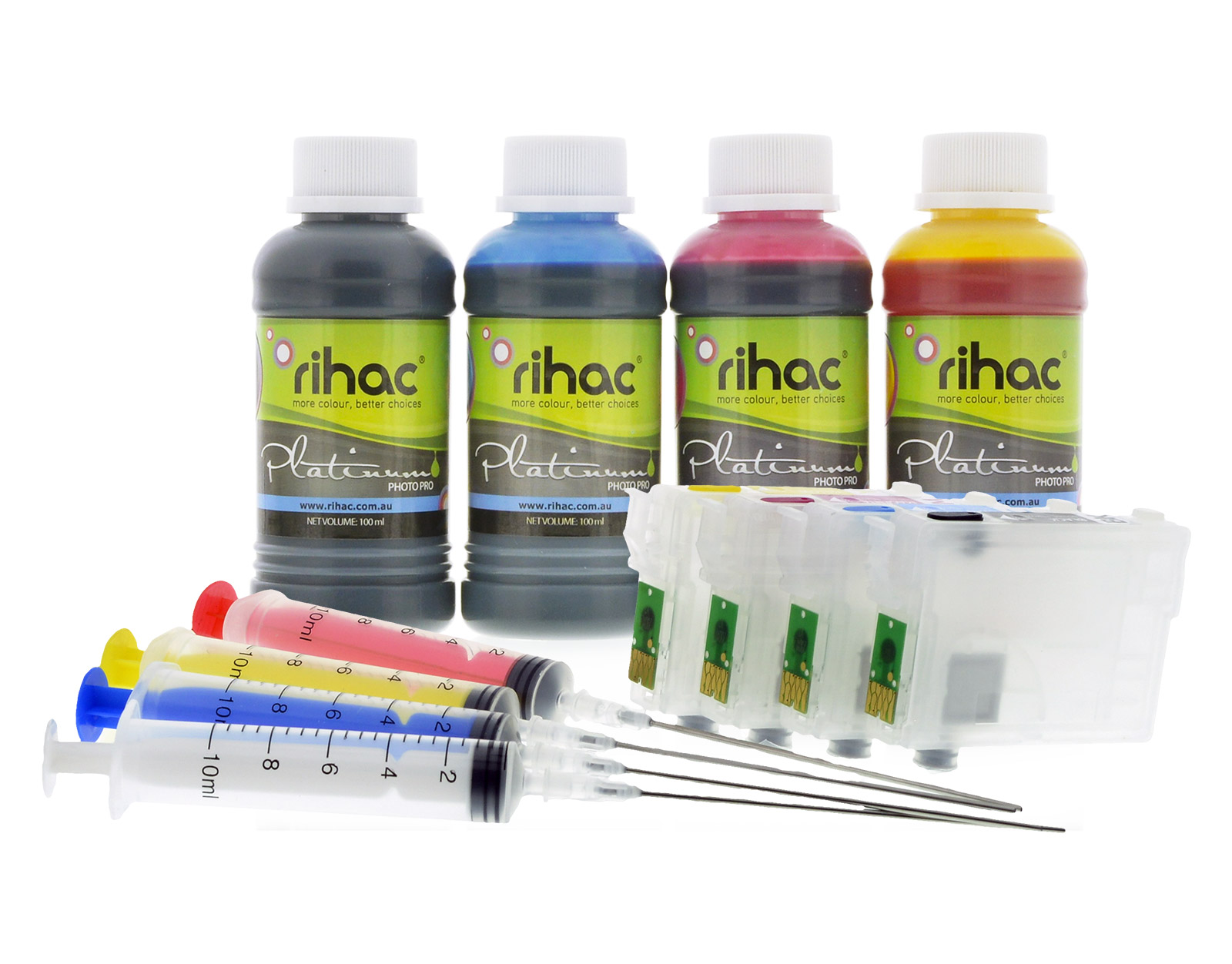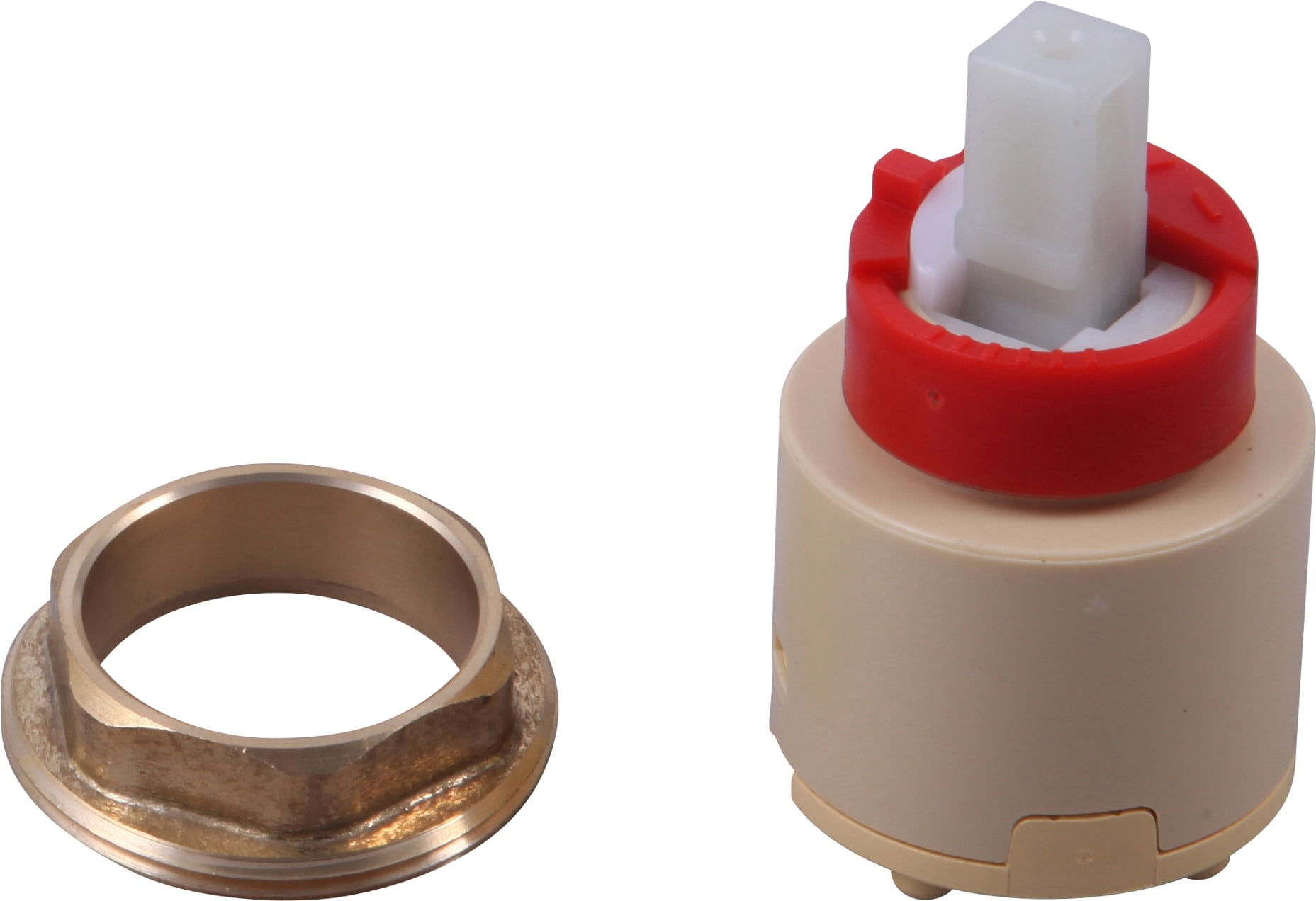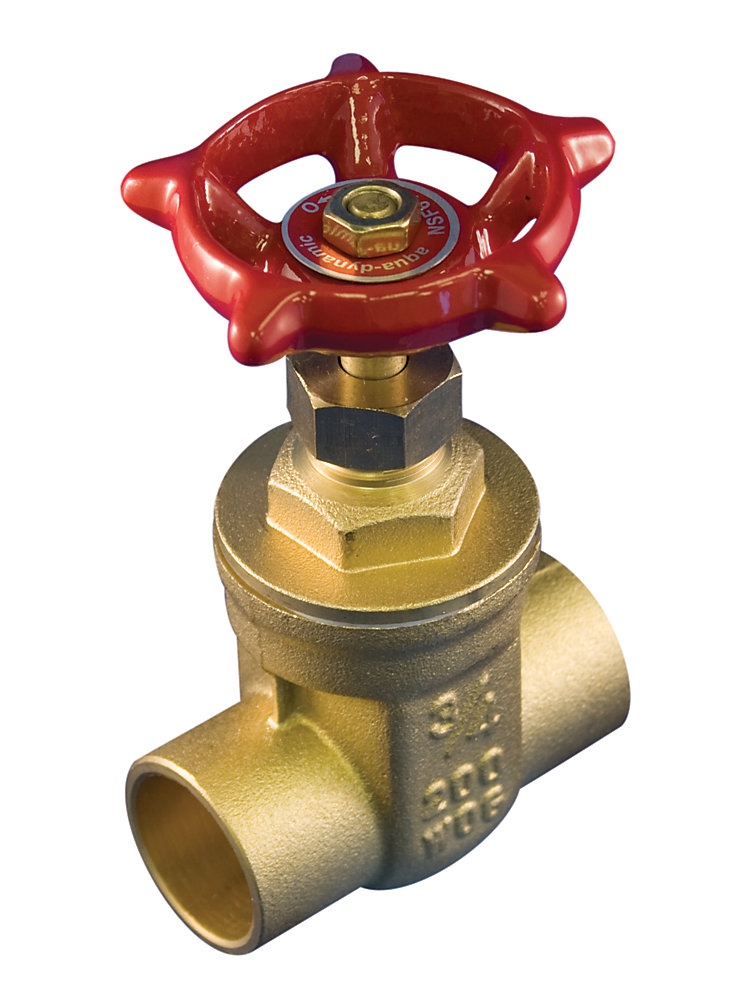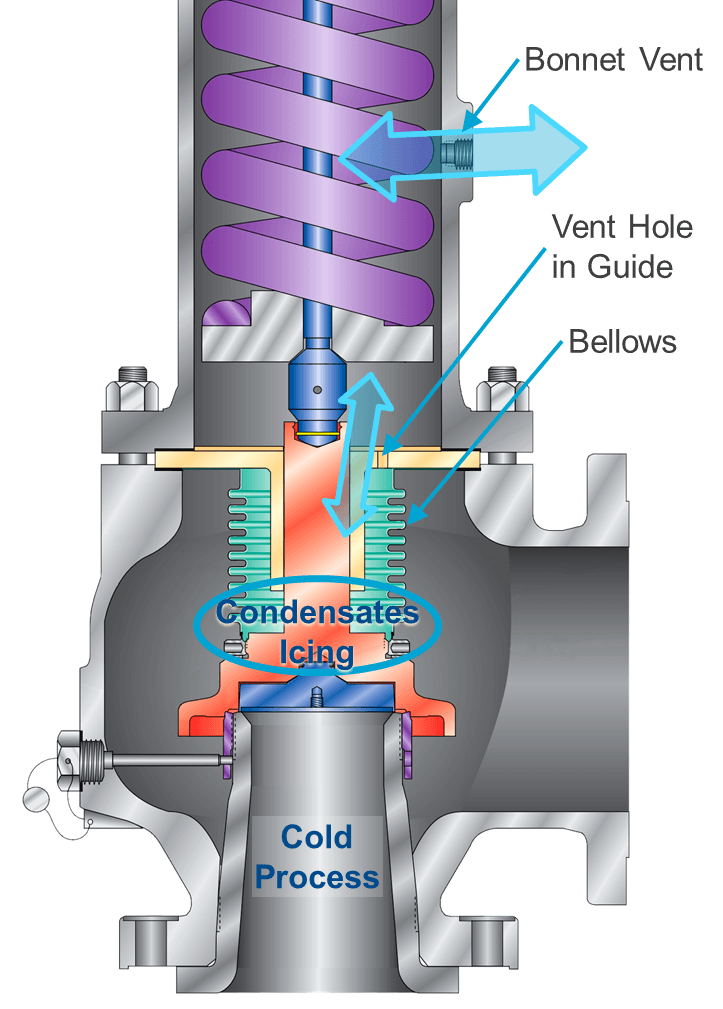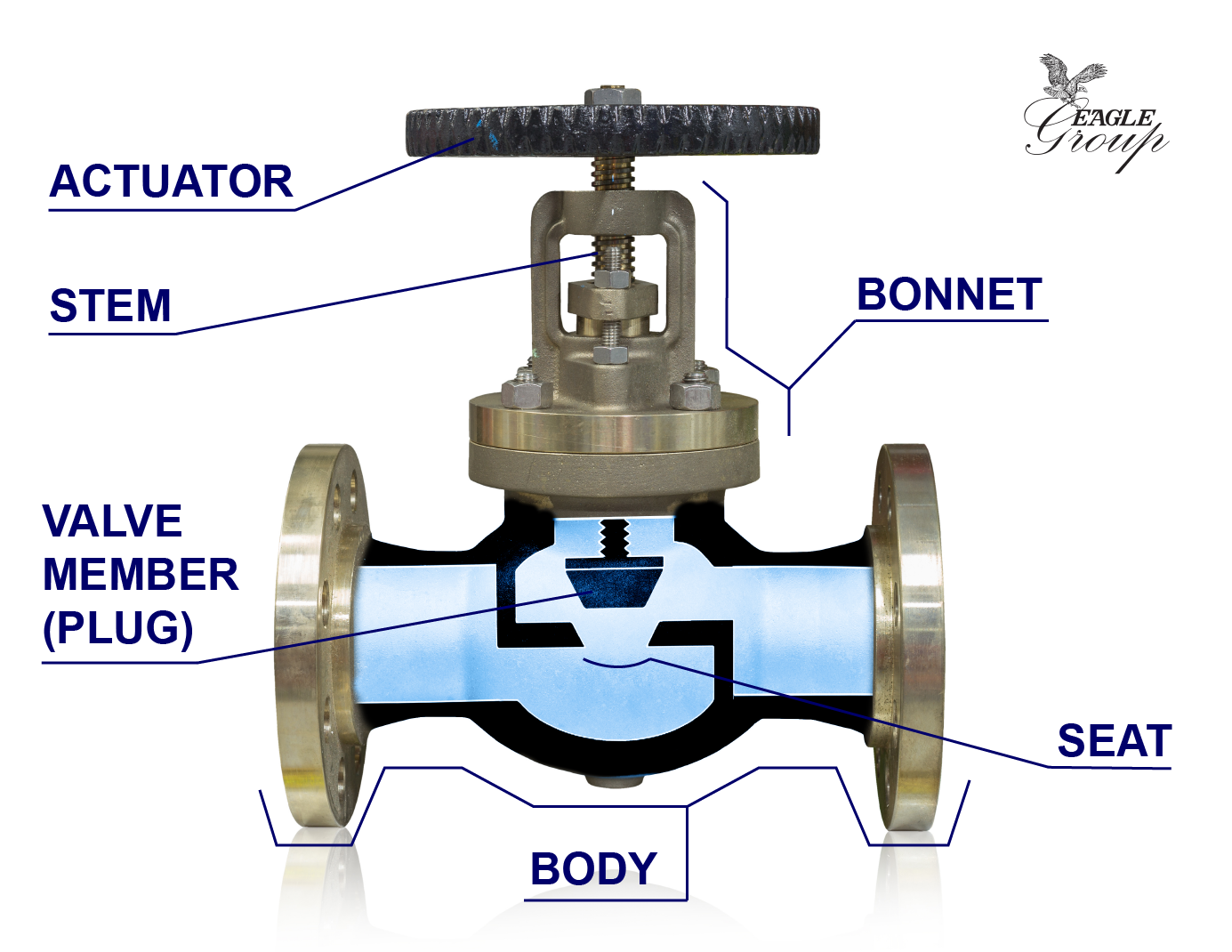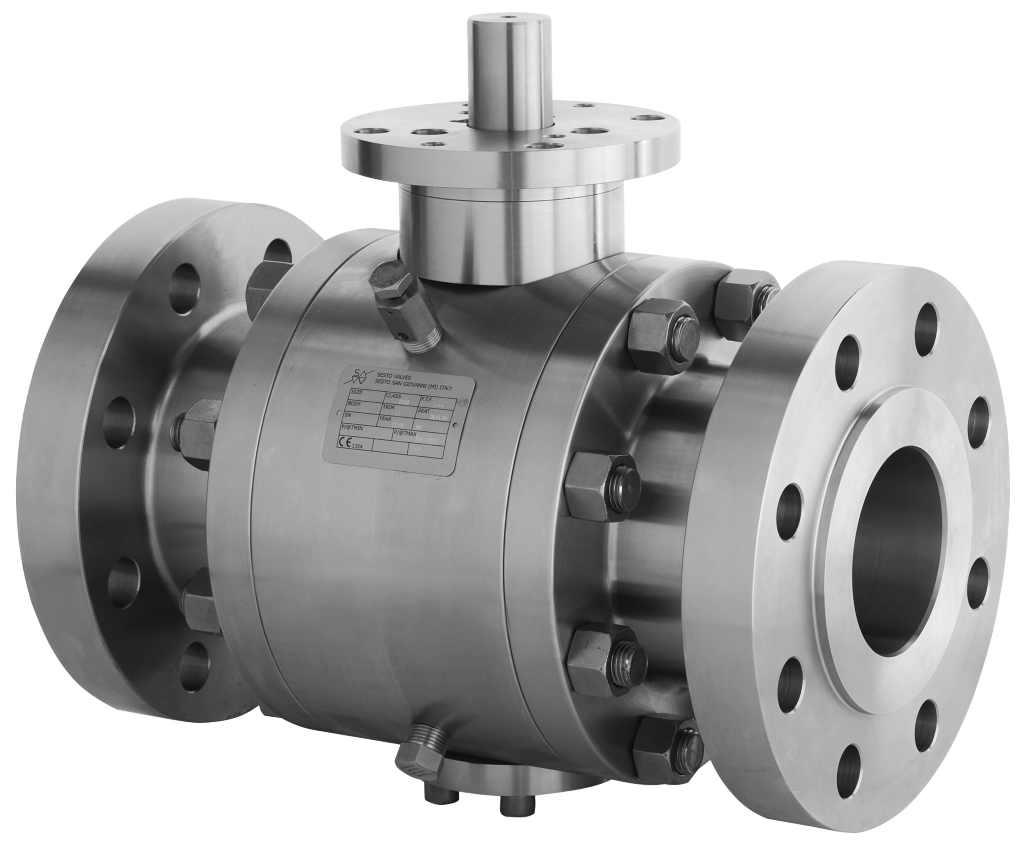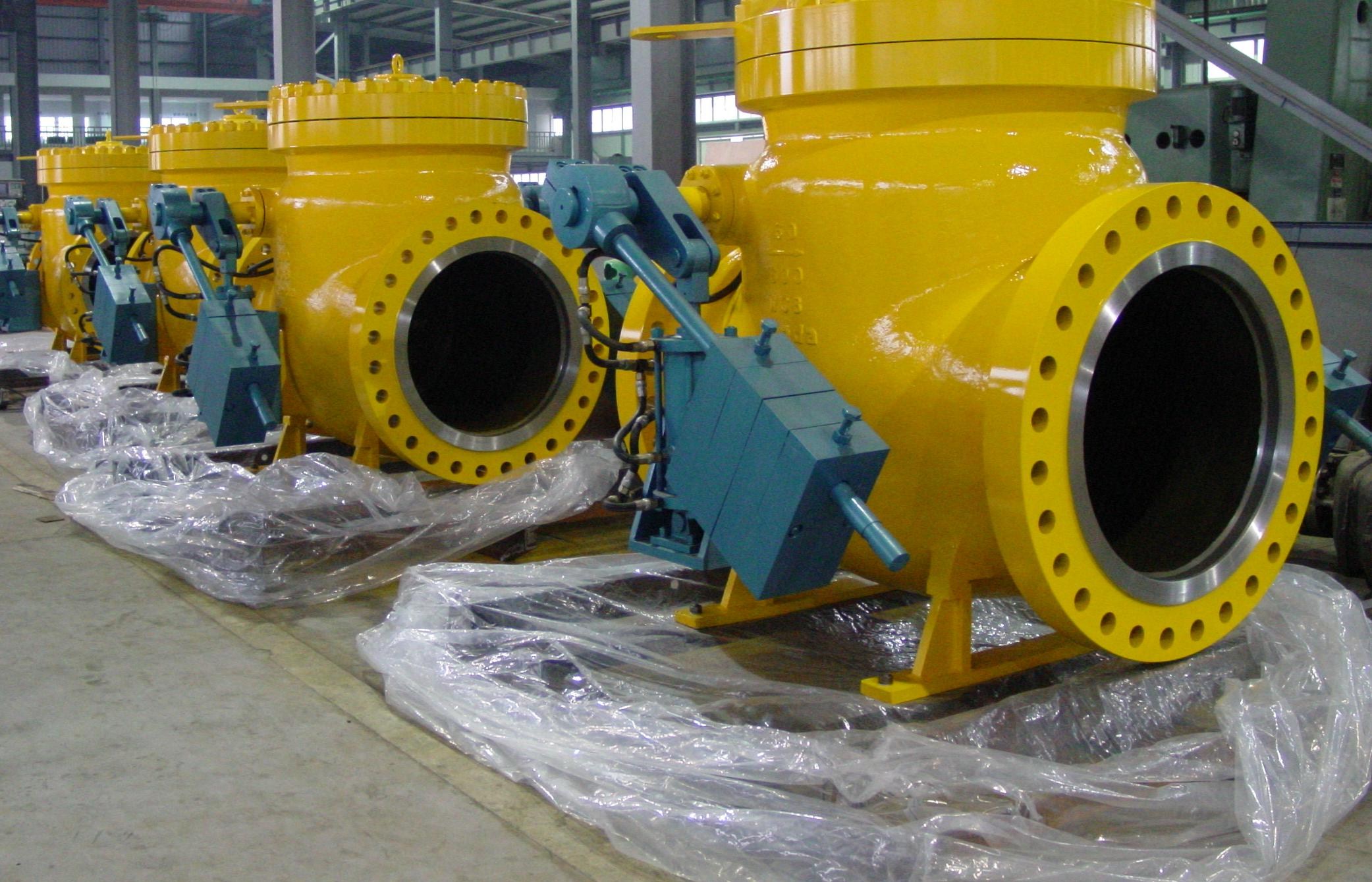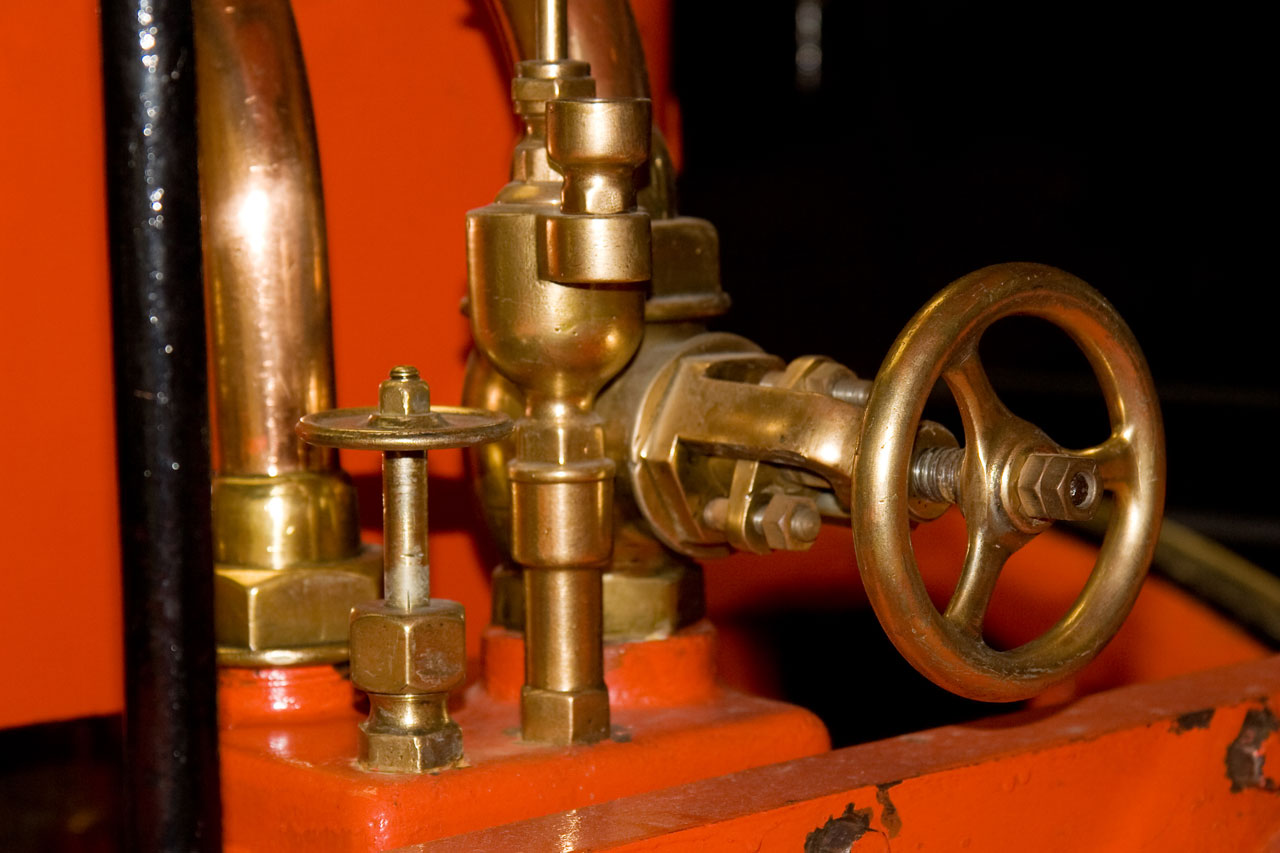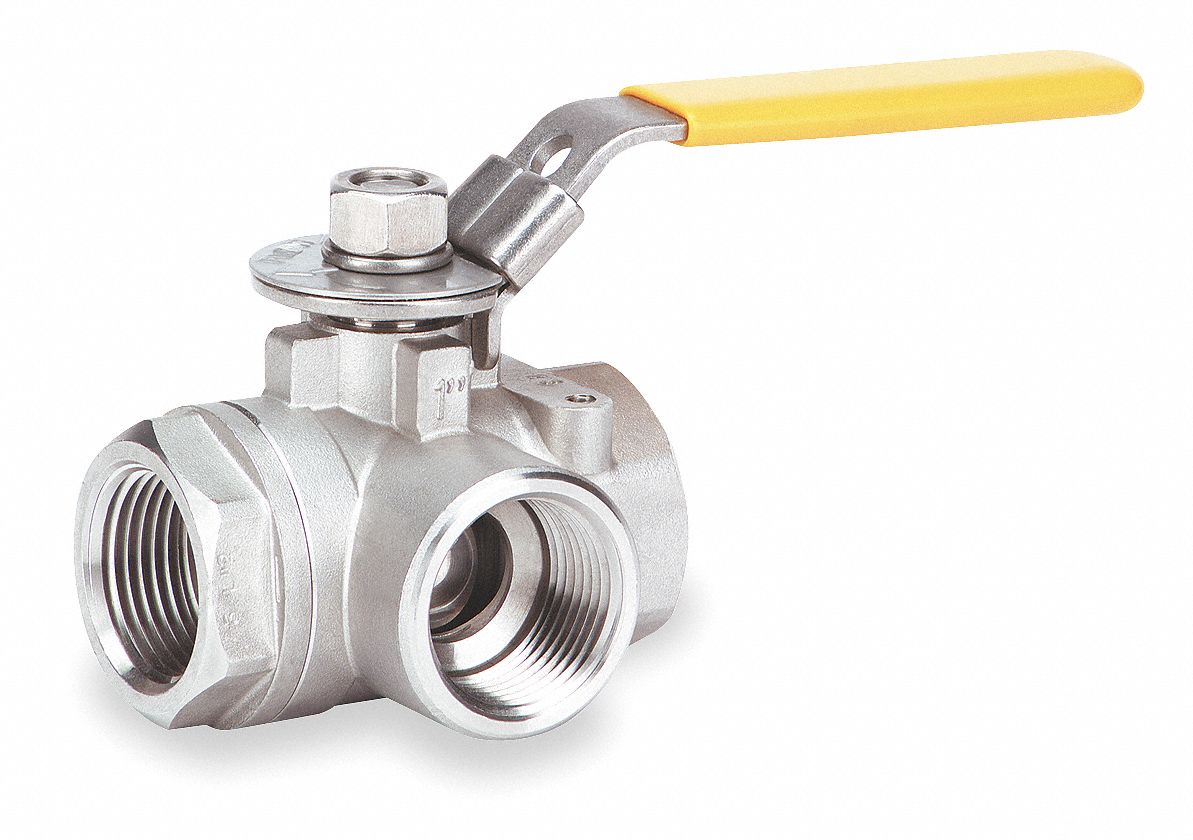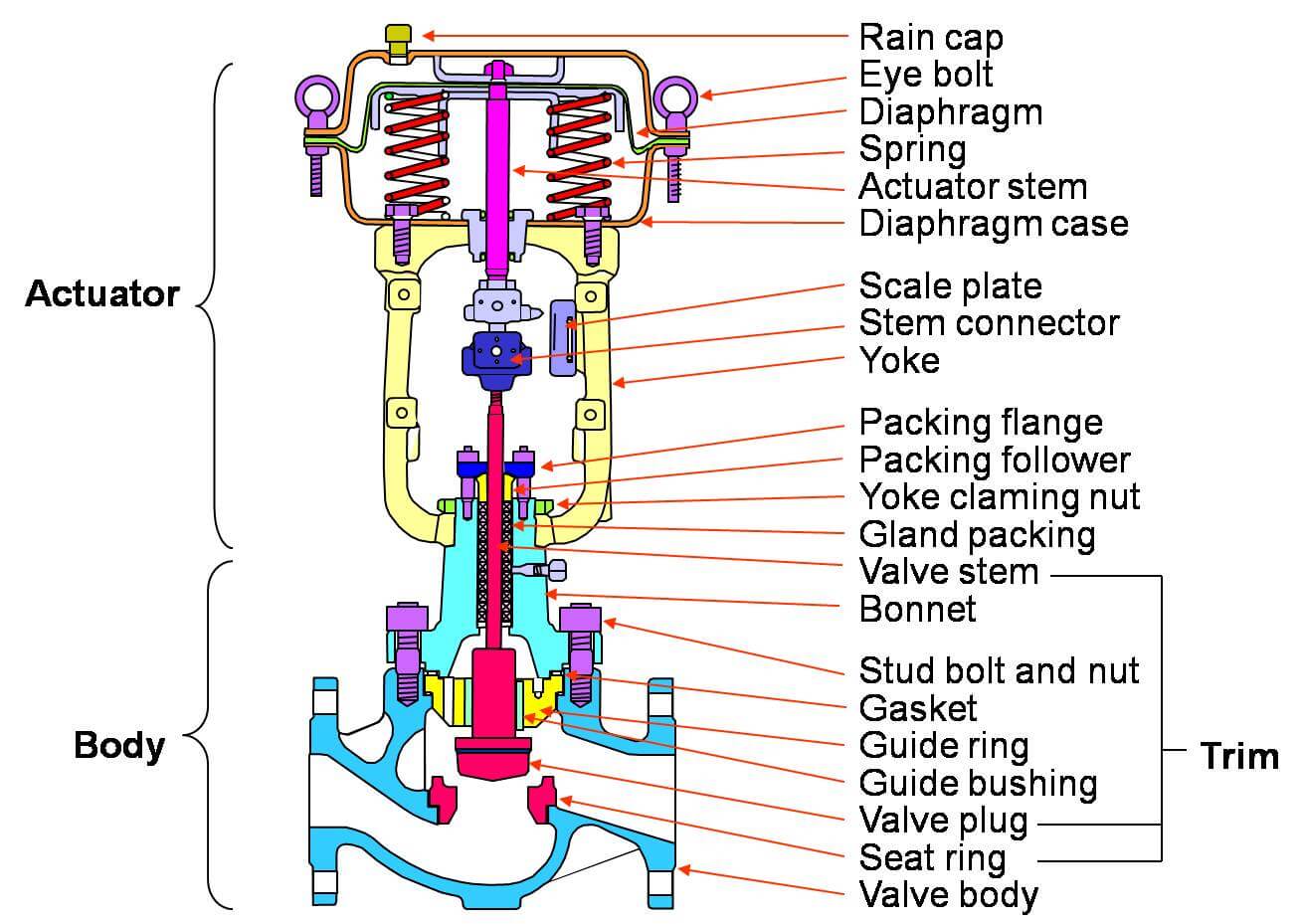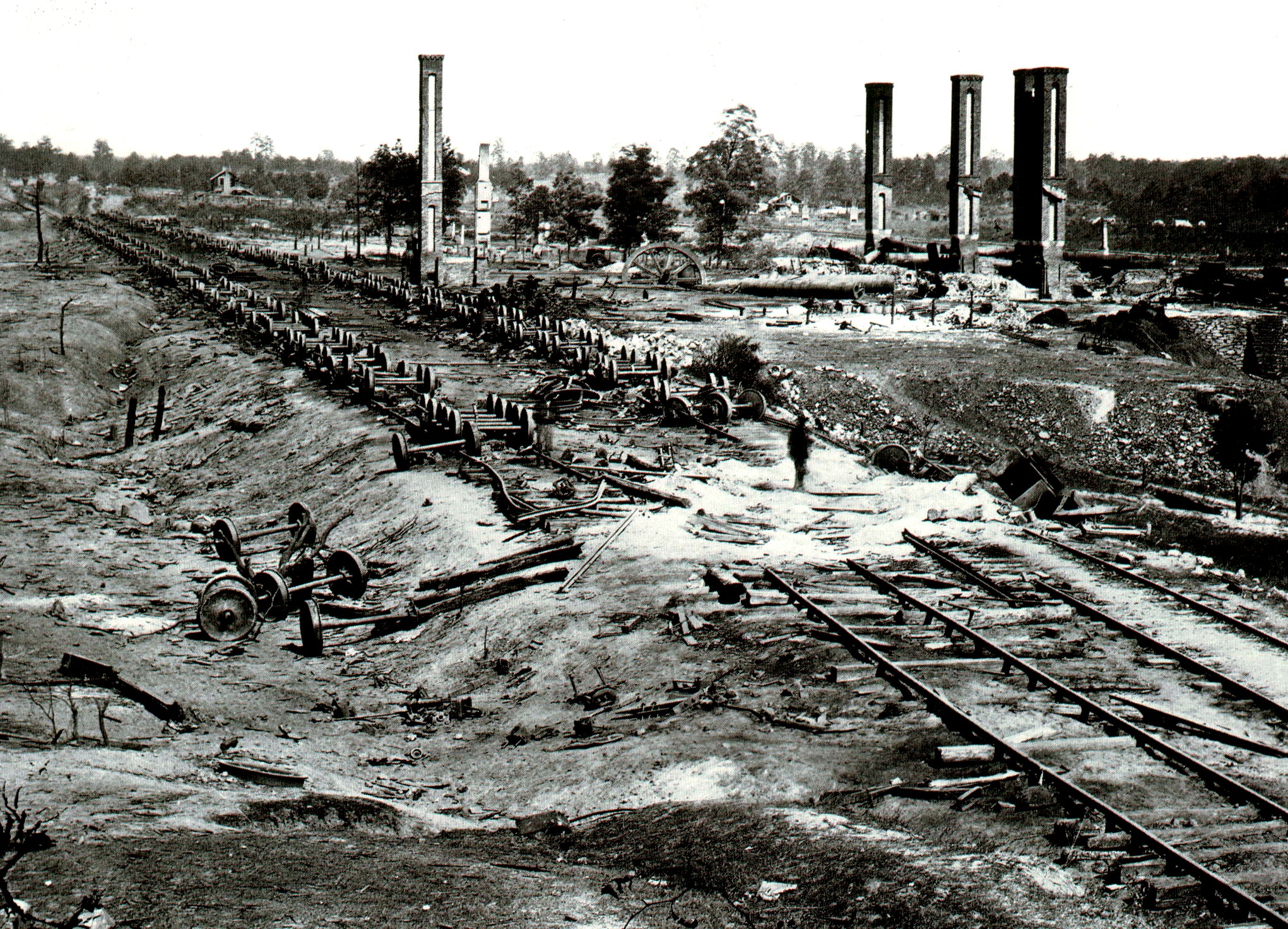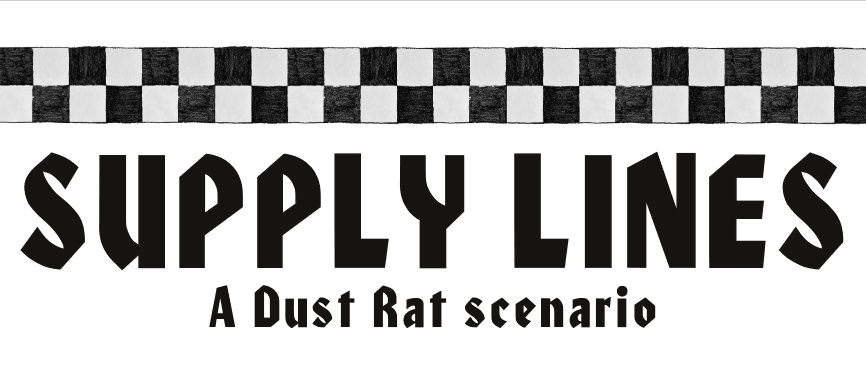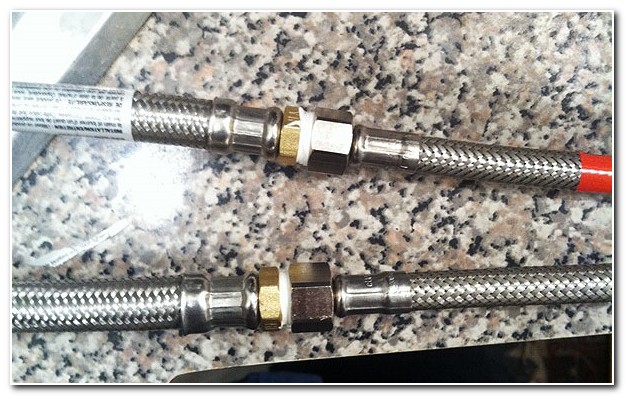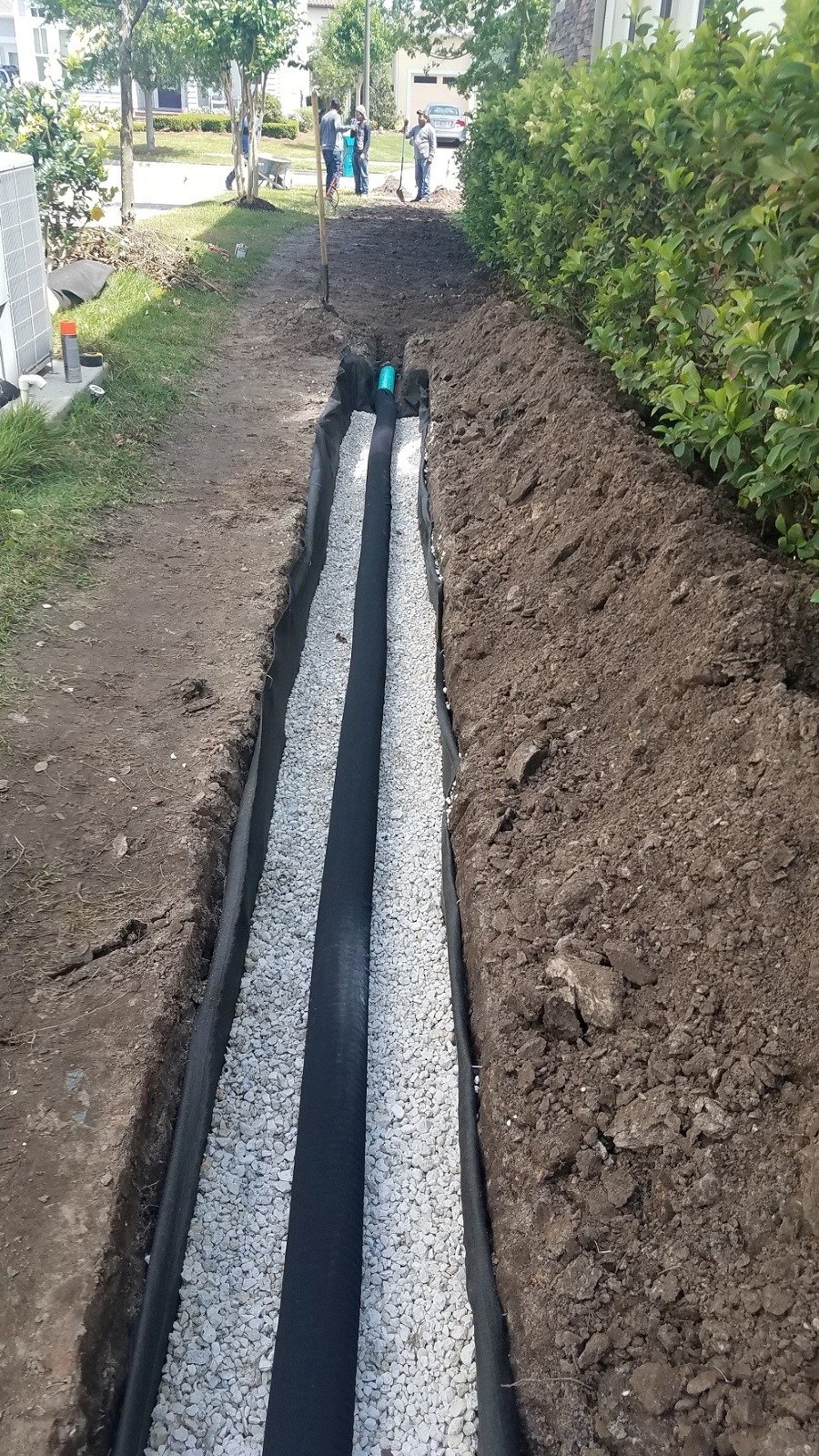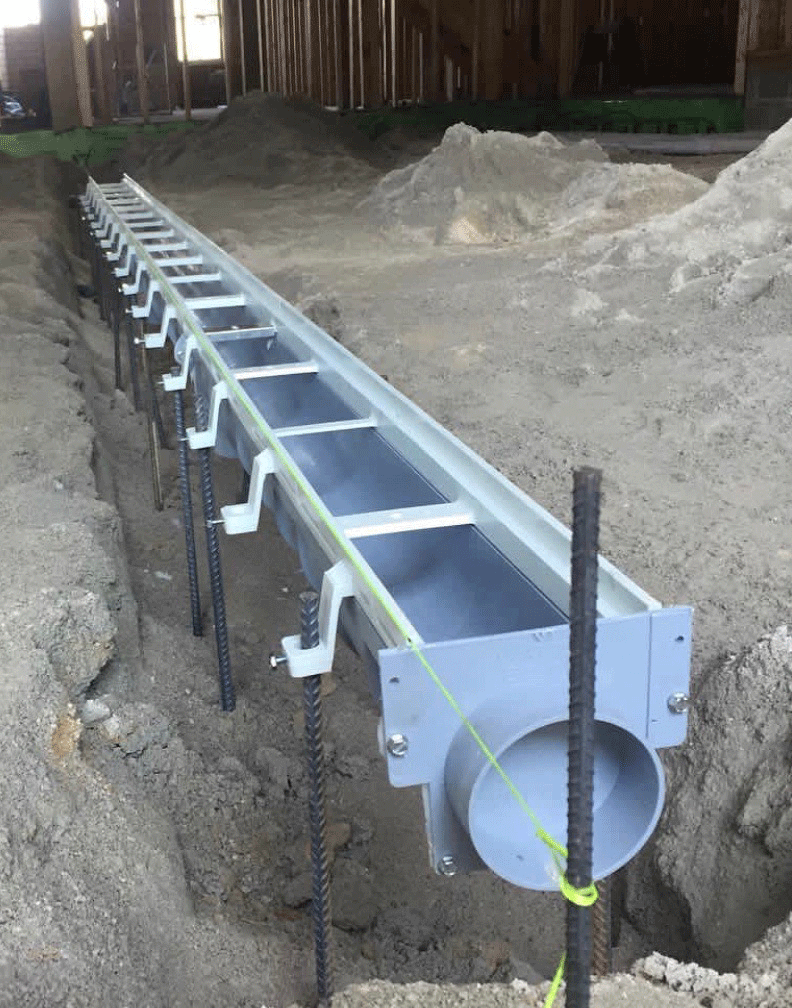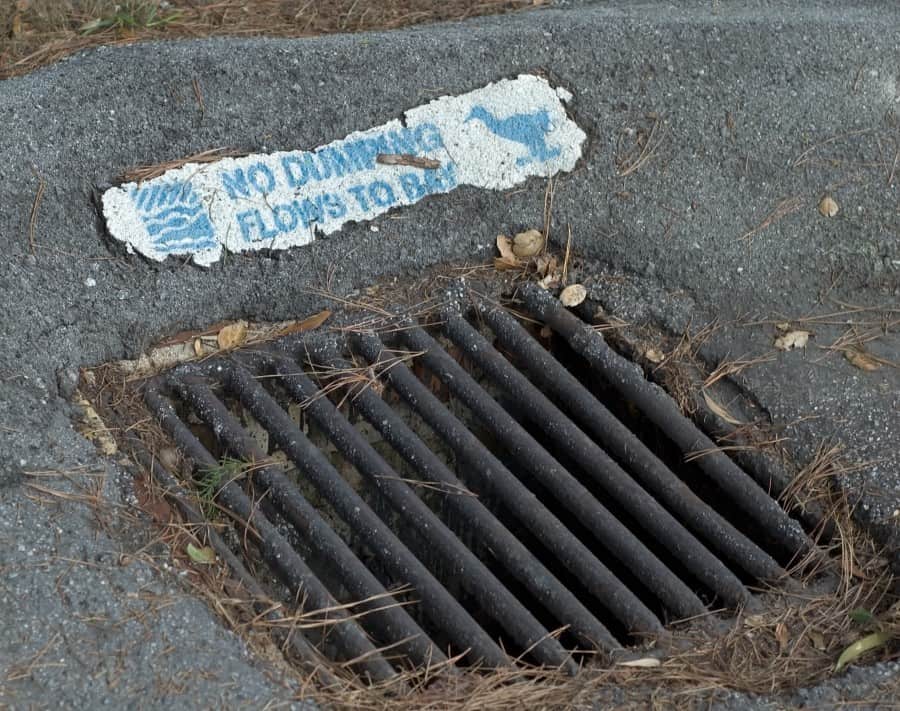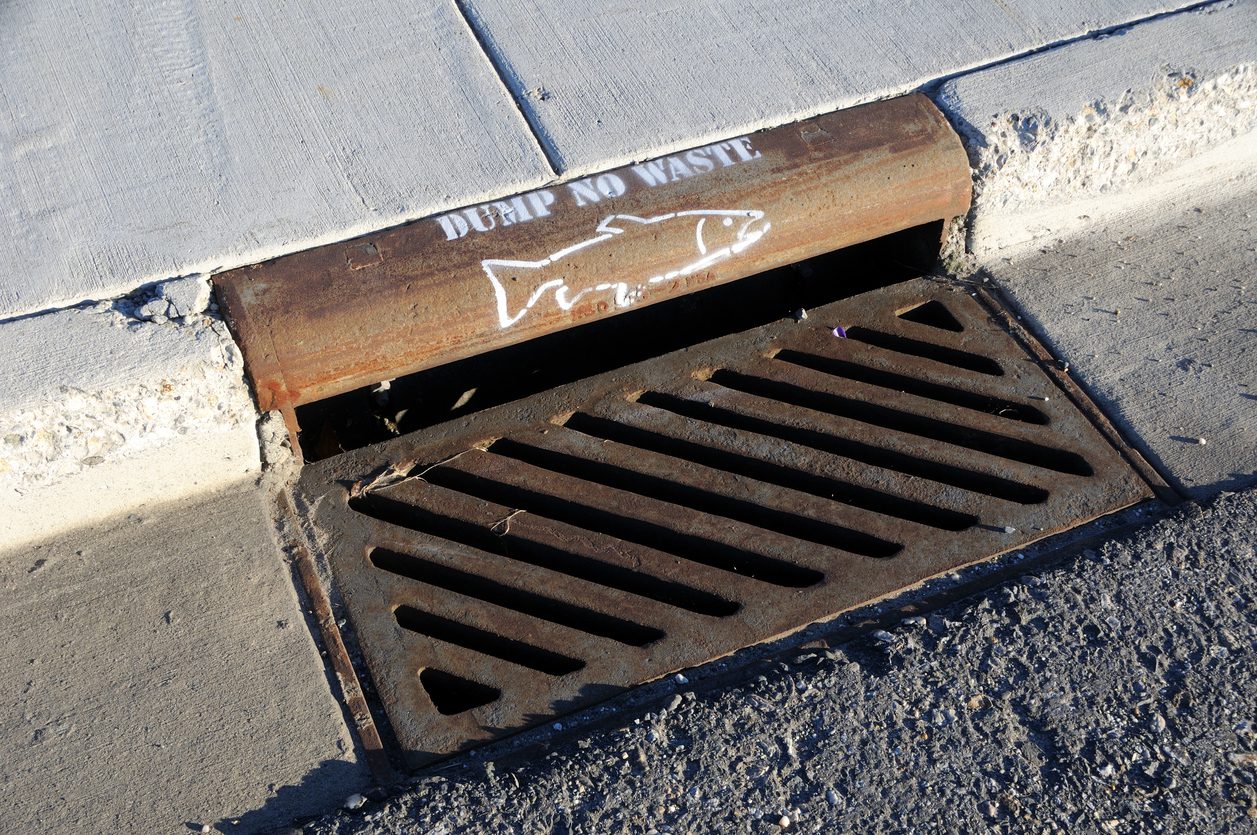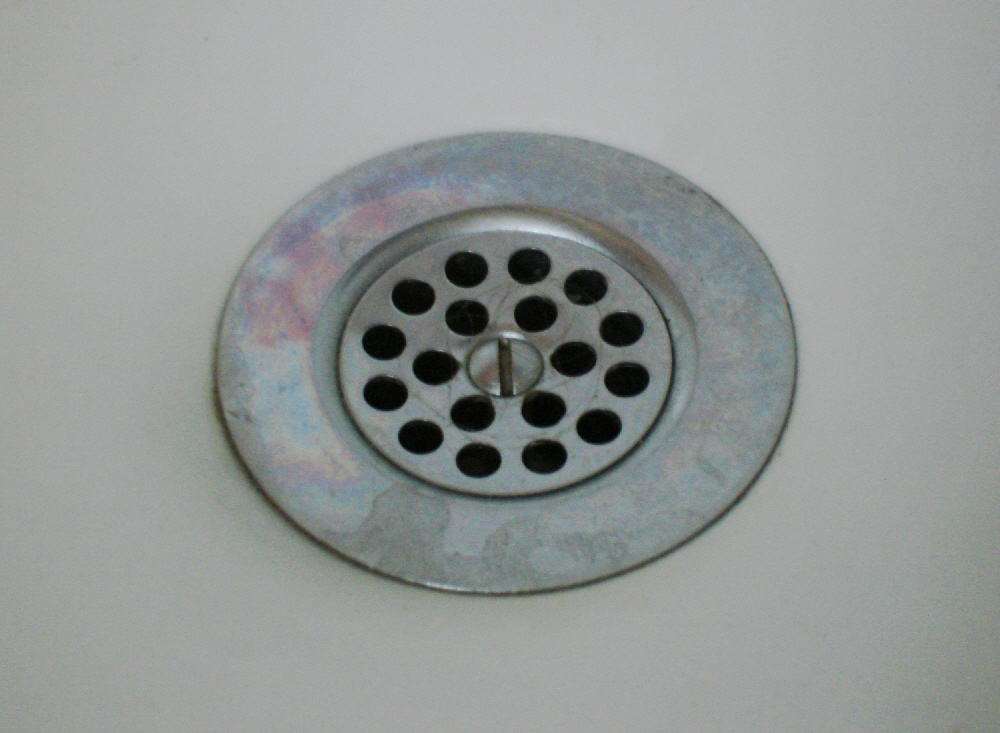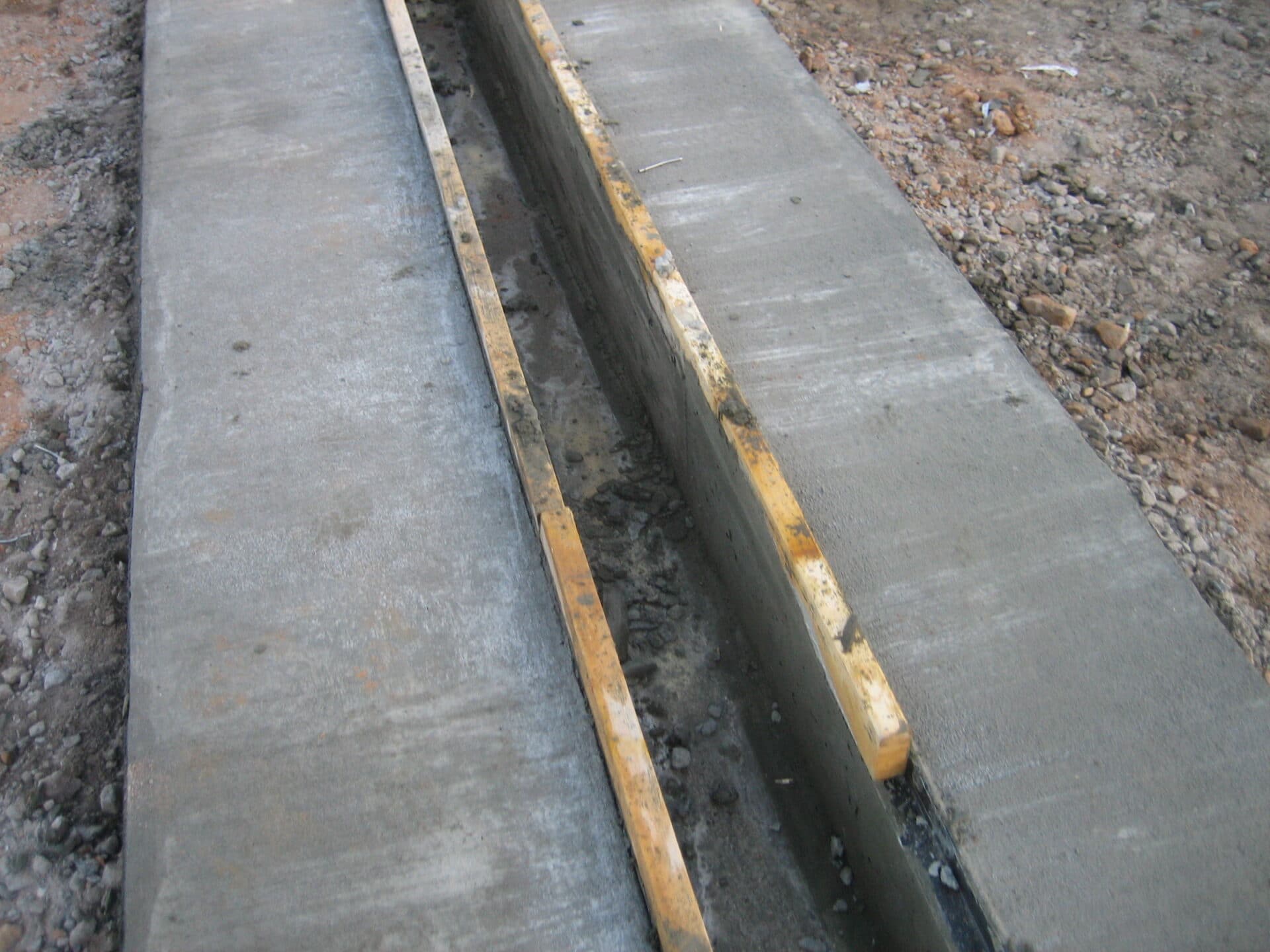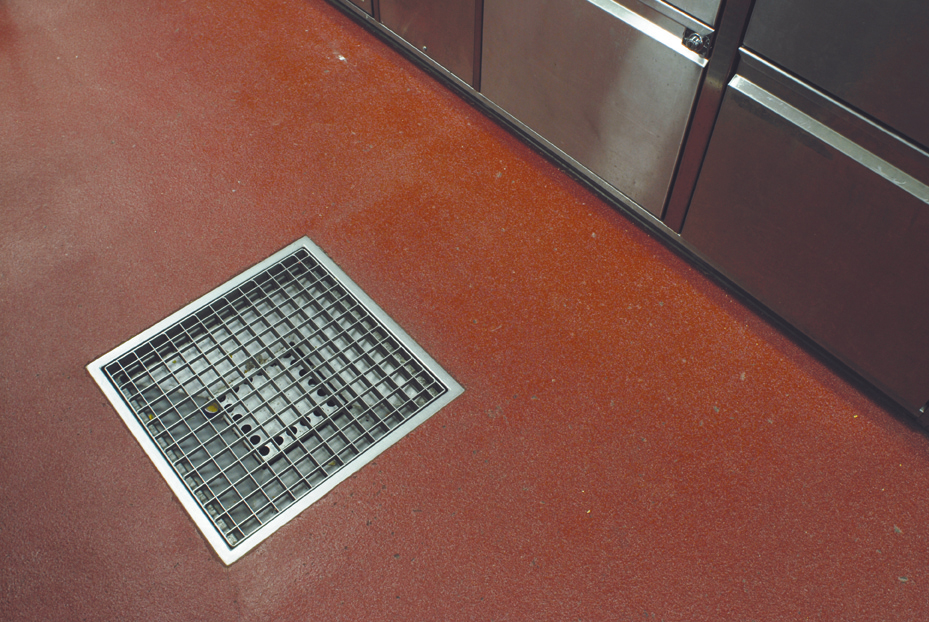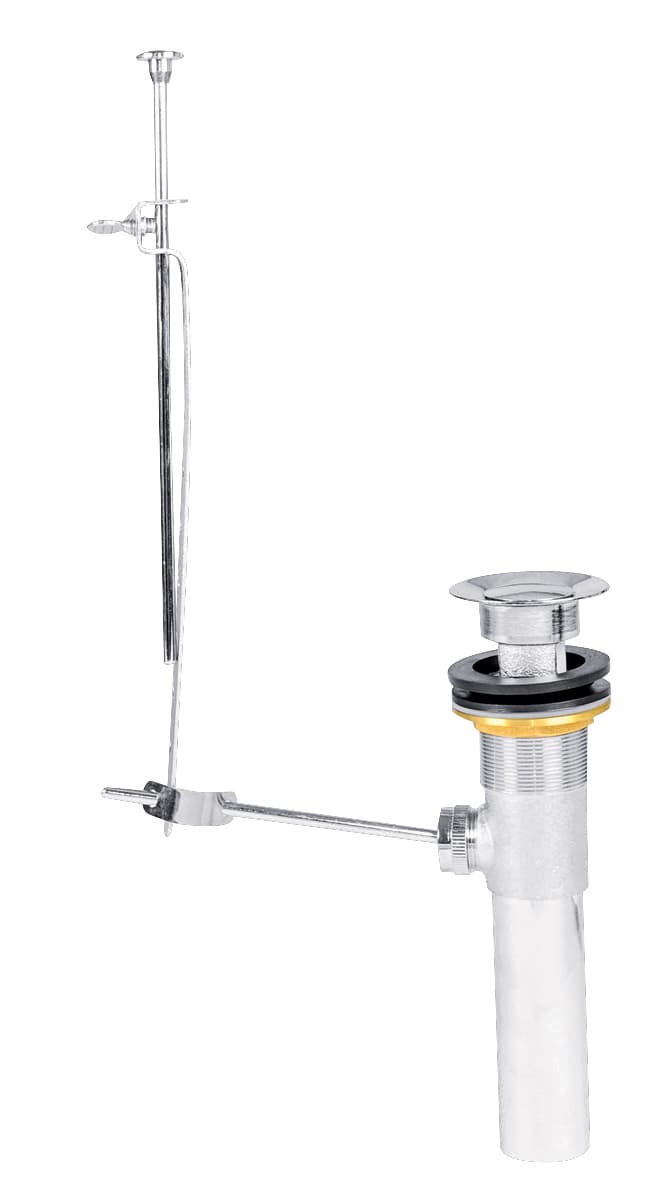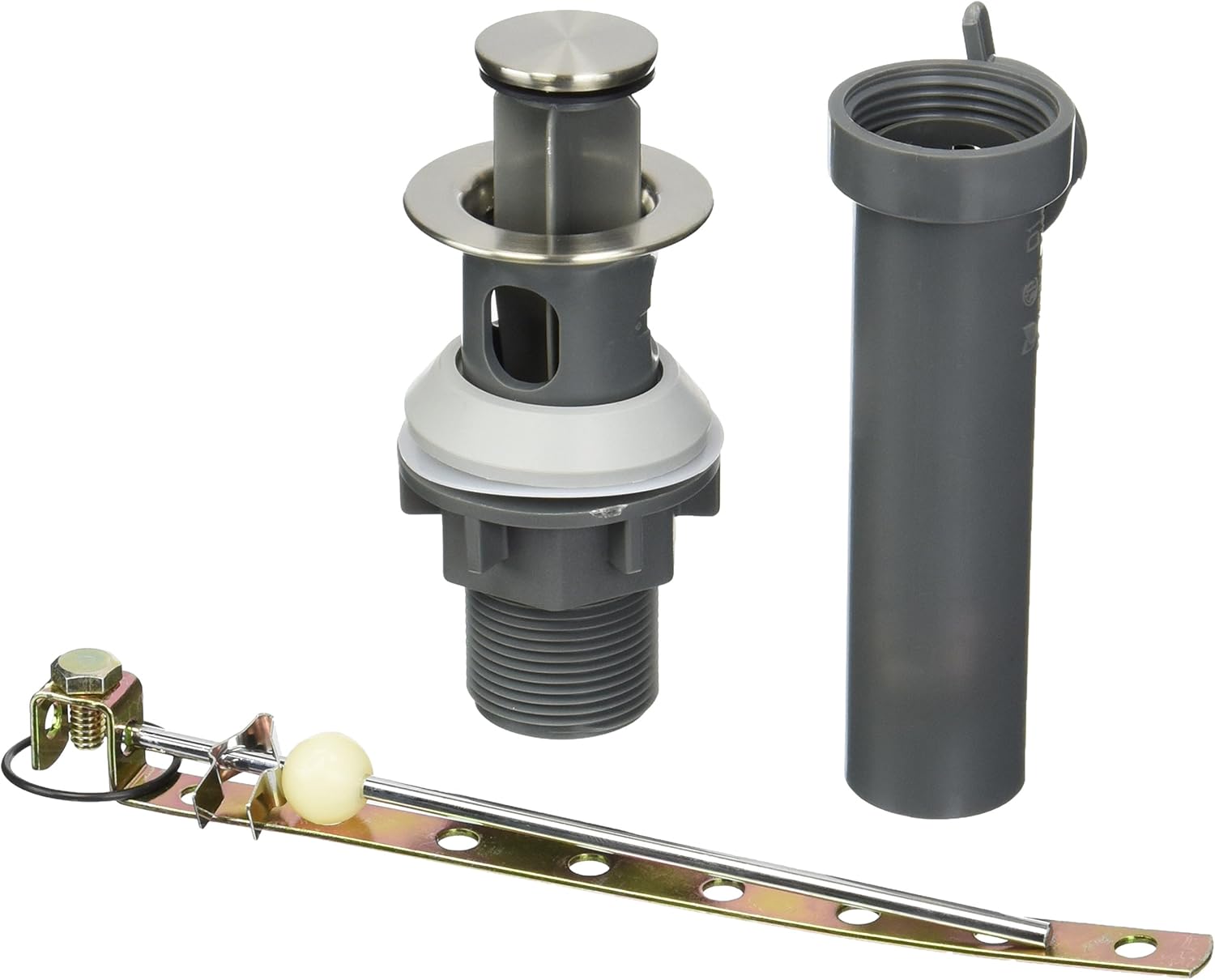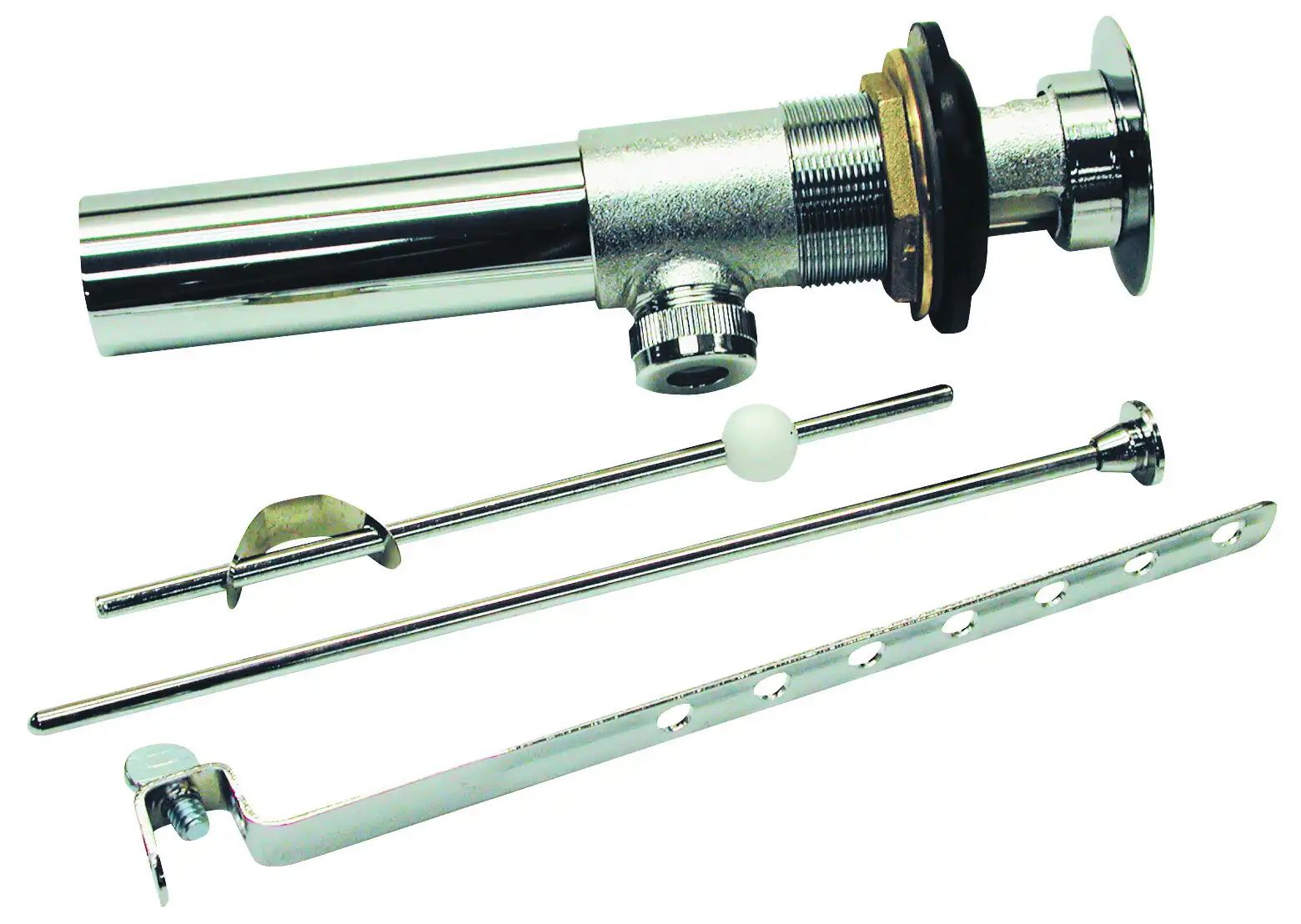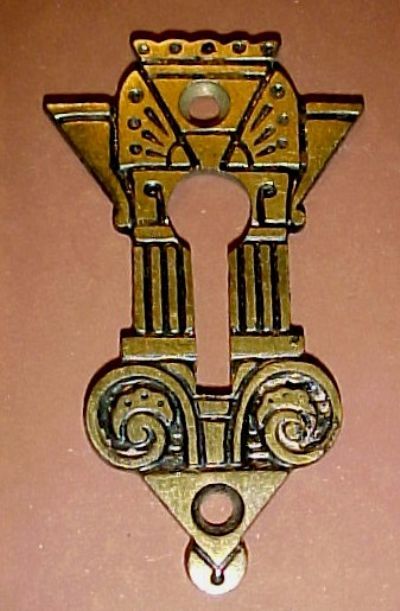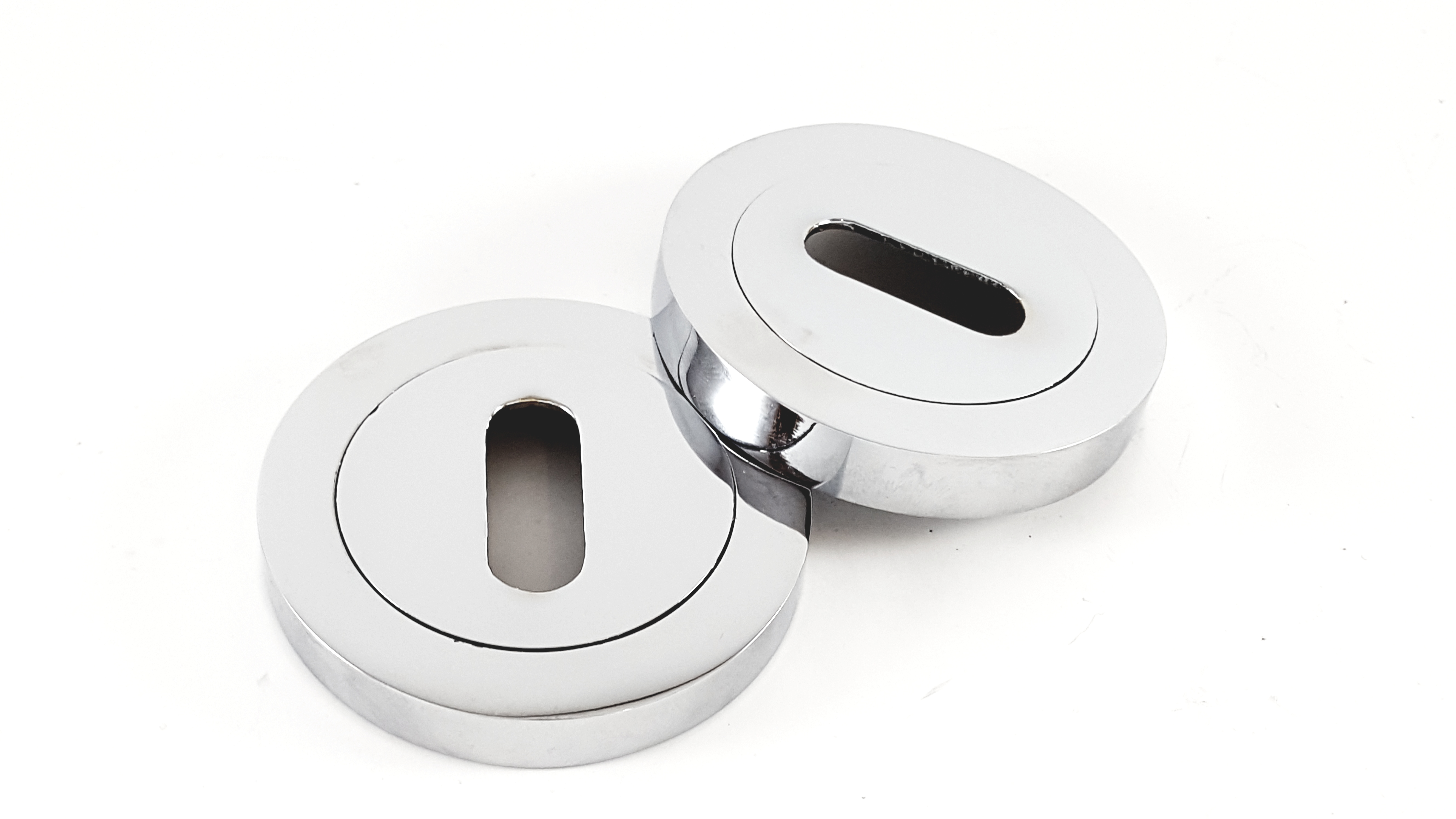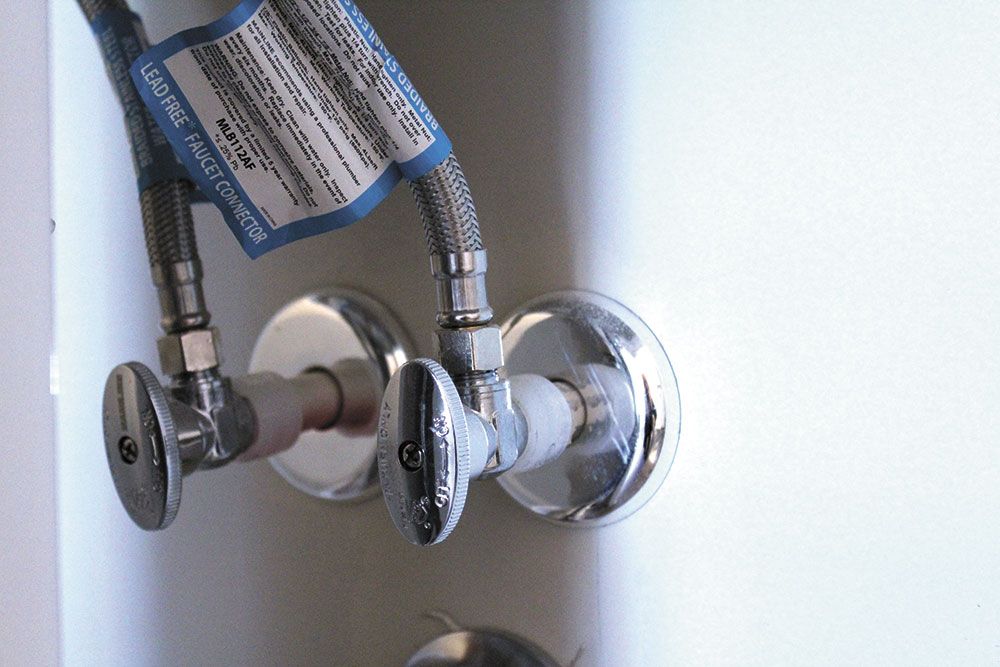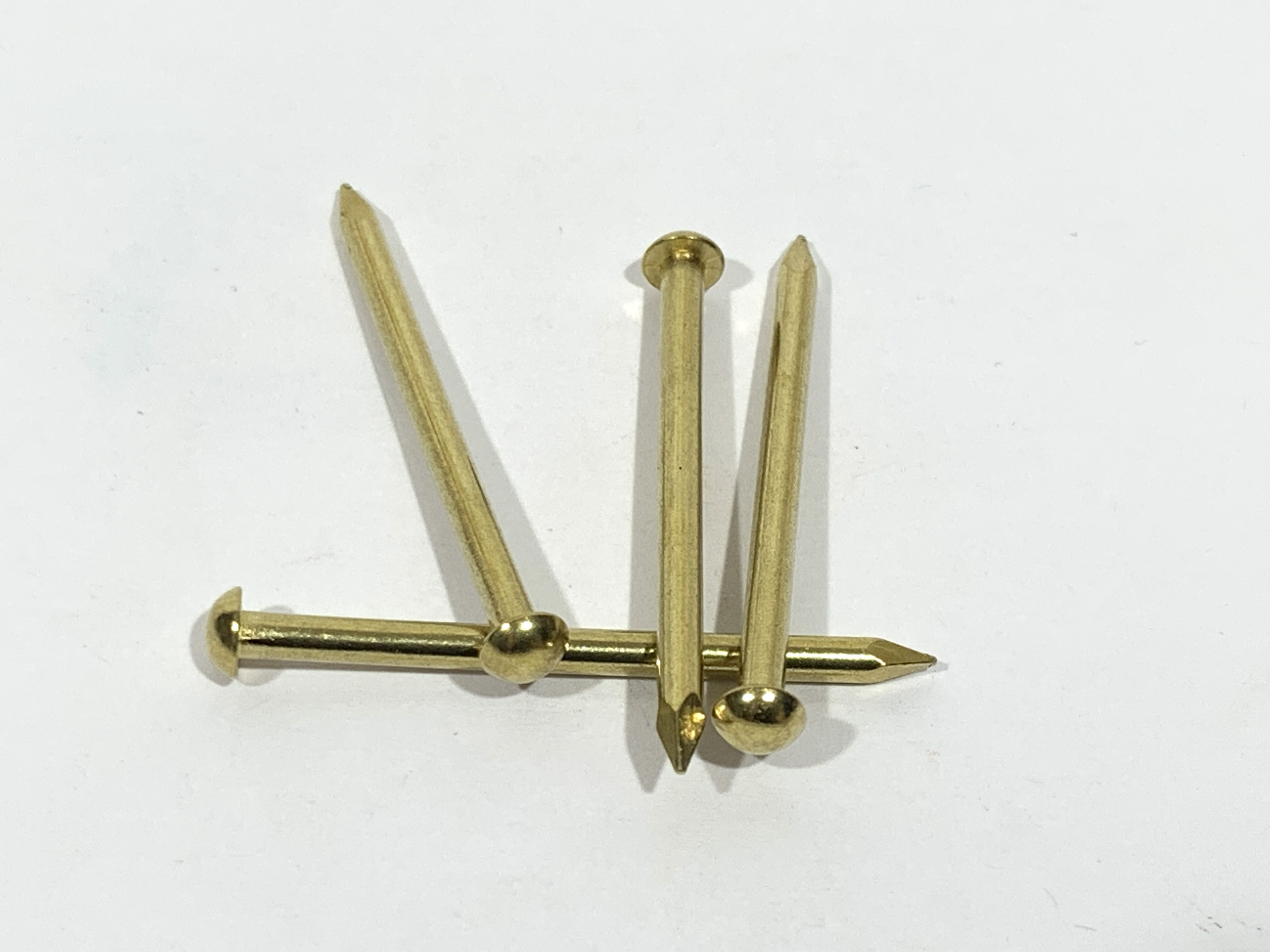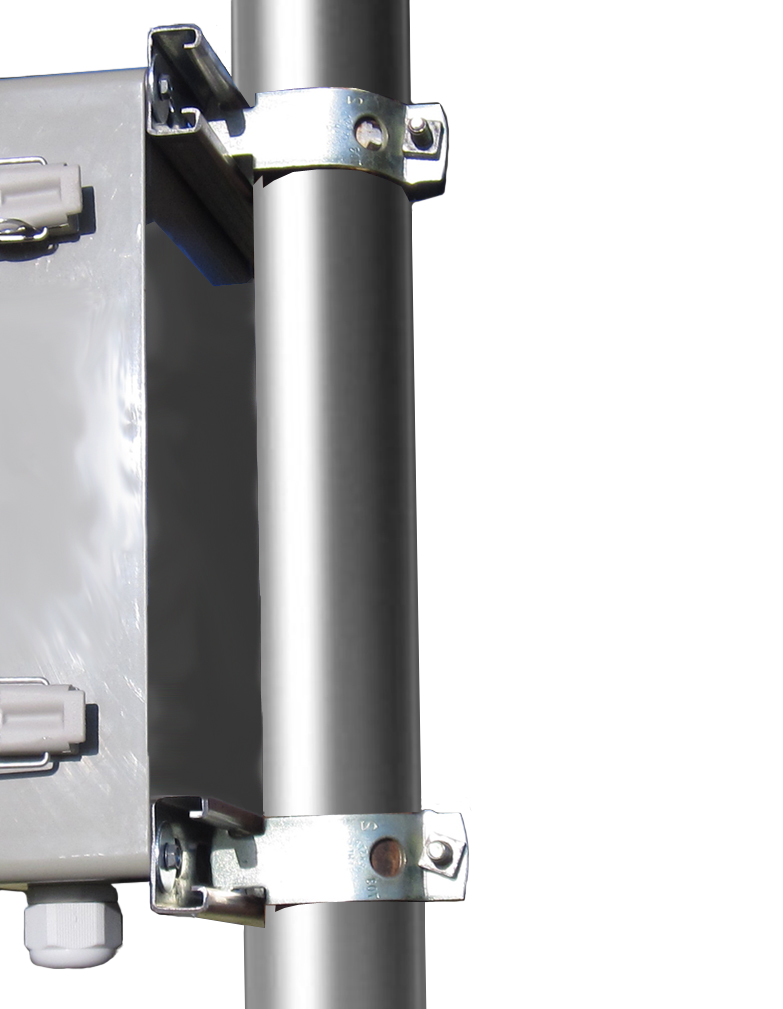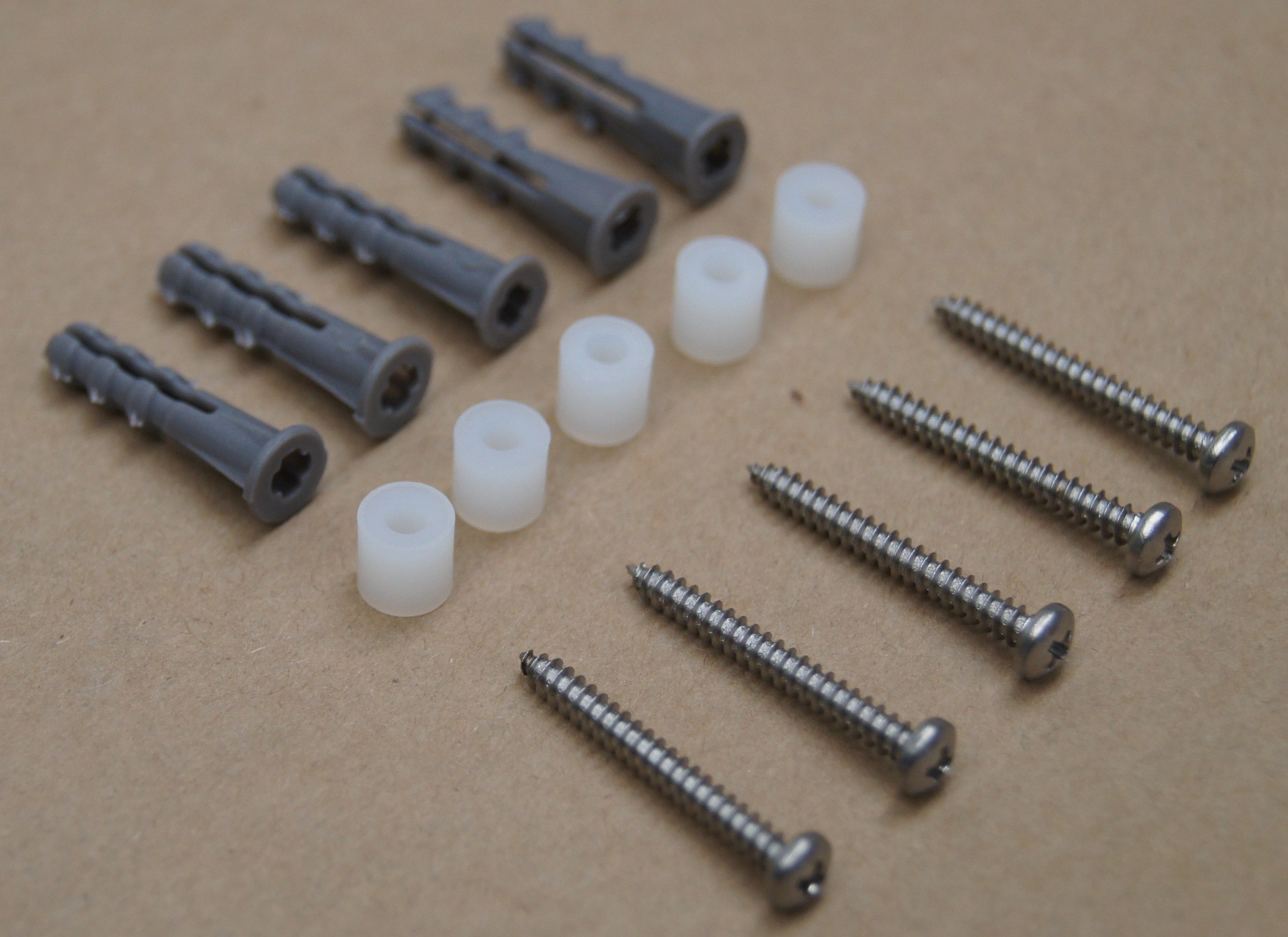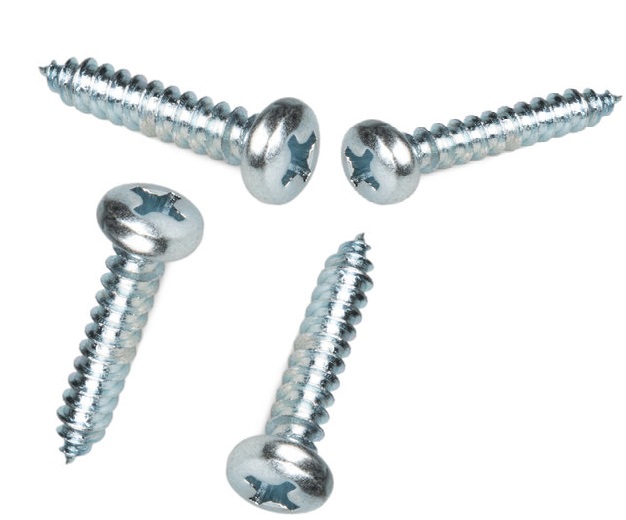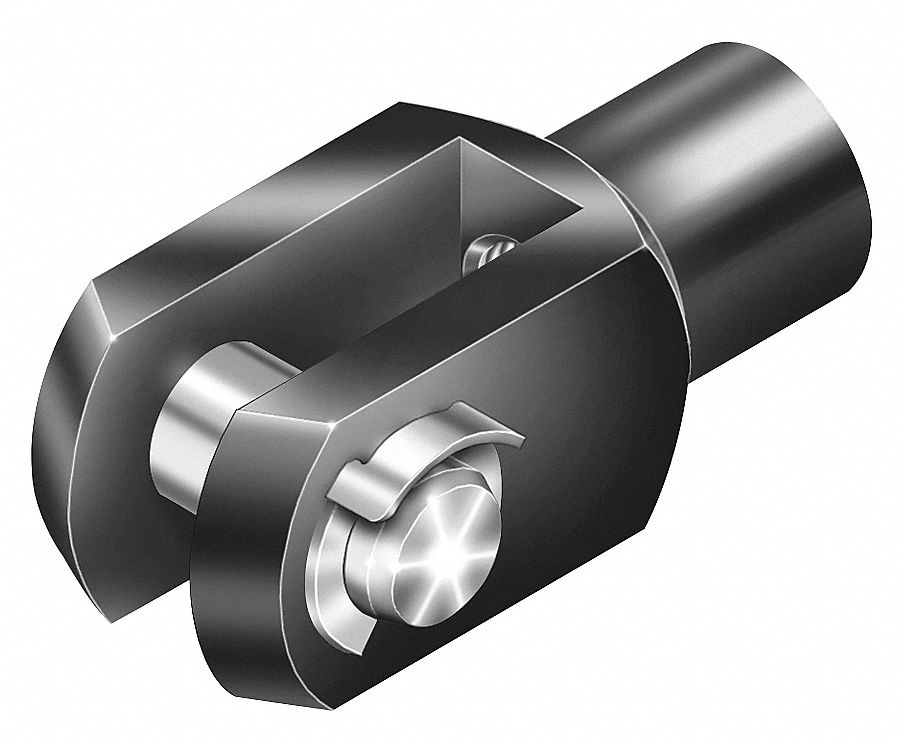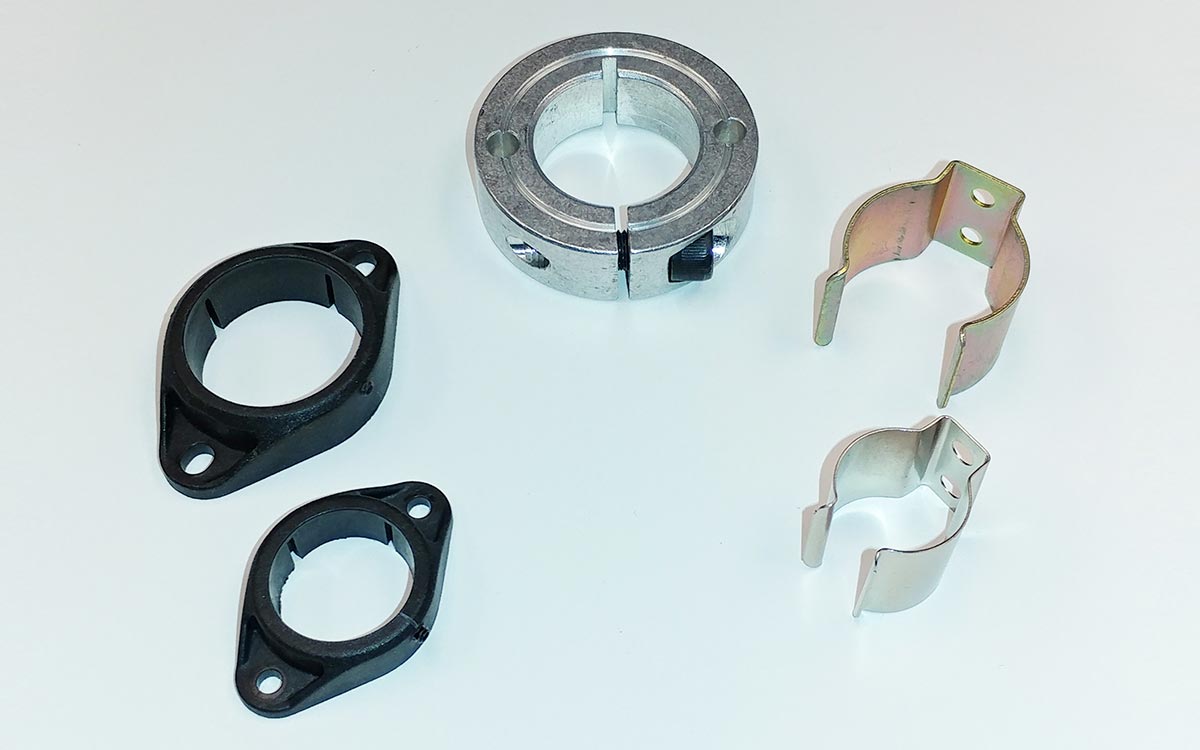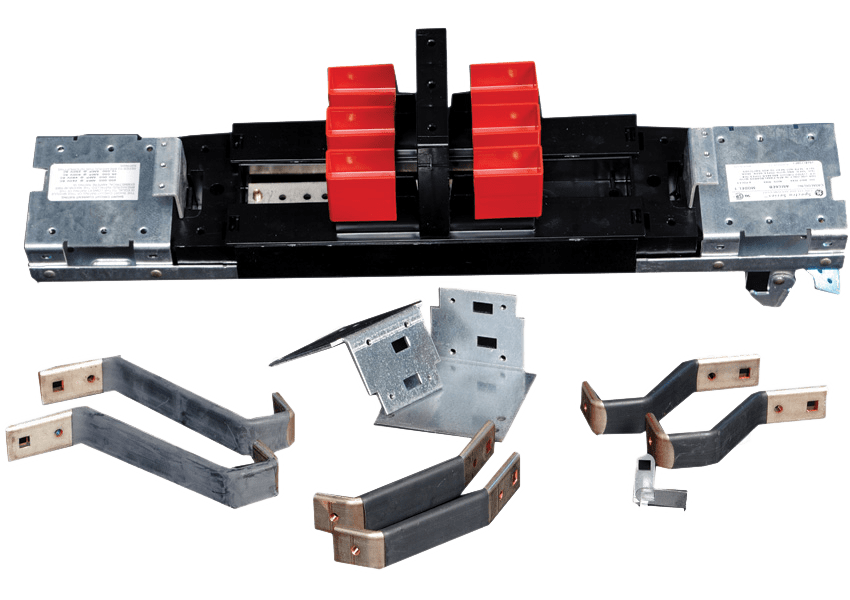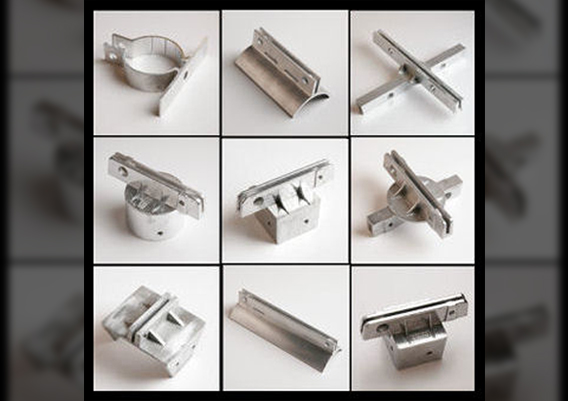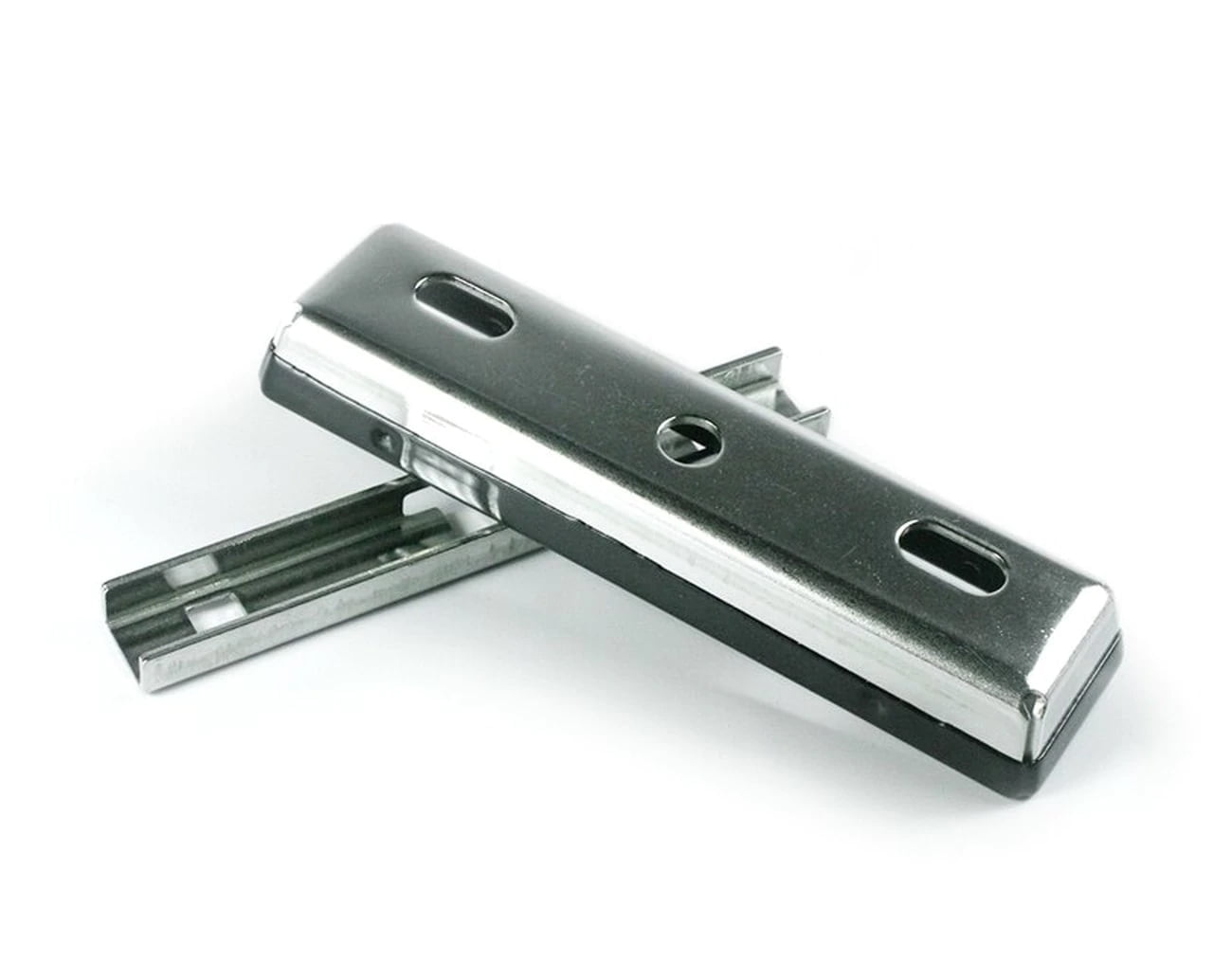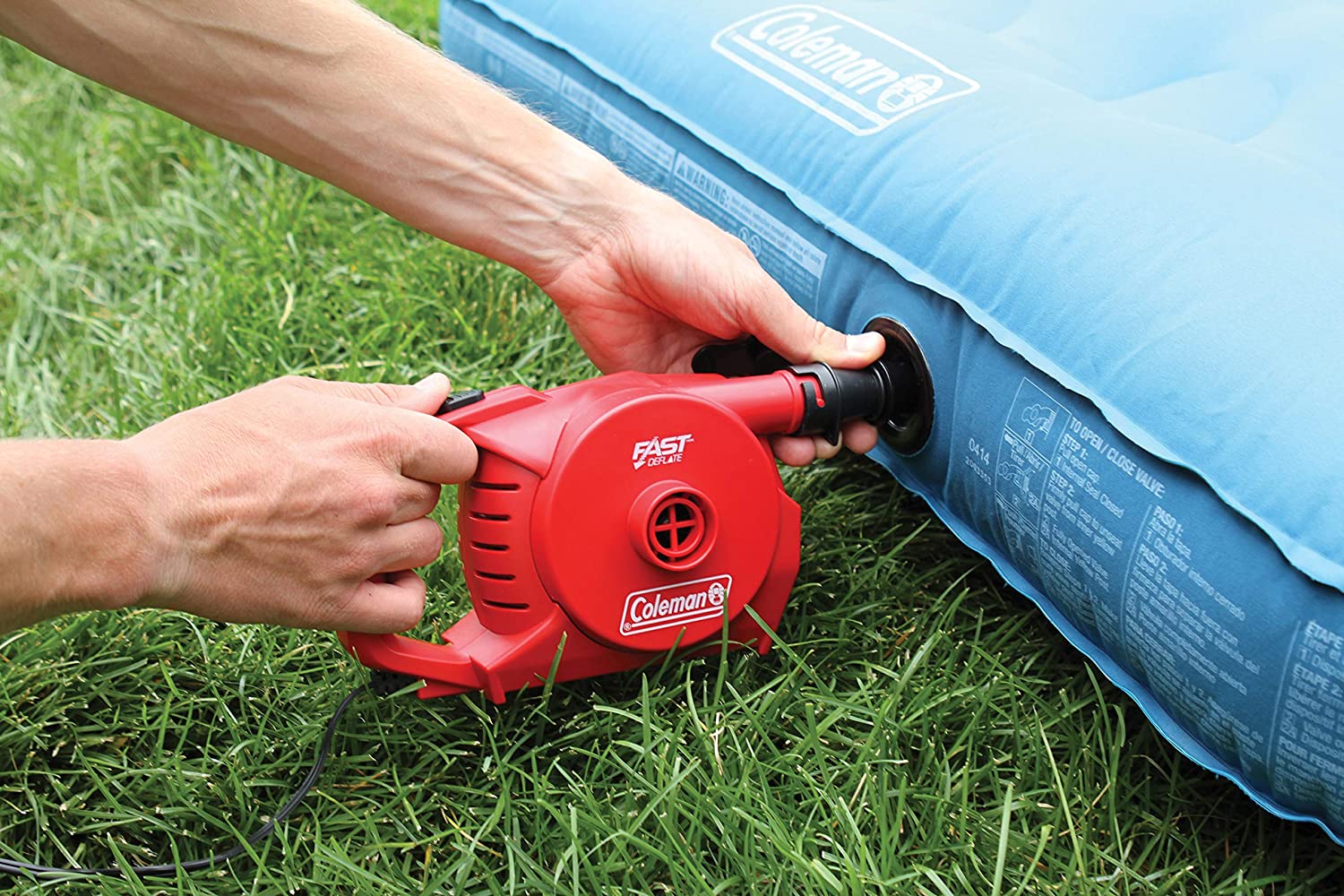The faucet handle is the part of the bathroom sink faucet that controls the water flow and temperature. It is usually located on top of the spout or on the side of the faucet. The handle can come in various shapes and sizes, such as a knob, lever, or cross handle. It is an essential component of the faucet and allows you to easily turn the water on and off.1. Faucet Handle
The spout is the part of the faucet where the water flows out. It is typically a long, curved or straight tube that extends over the sink. The spout can also come in a variety of styles and finishes to match the overall design of the bathroom. Some spouts also have a pull-out or pull-down feature, which allows you to easily direct the water flow to different areas of the sink.2. Spout
The aerator is a small device located at the end of the spout that mixes air with the water. It helps to reduce splashing and conserve water by creating a smooth and even flow. A clogged aerator can cause low water pressure or irregular water flow, which can be easily fixed by cleaning or replacing it.3. Aerator
The cartridge is the heart of the bathroom sink faucet and is responsible for controlling the water flow and temperature. It is a small cylinder-shaped component that sits inside the faucet body and is usually made of ceramic or brass. The cartridge can wear out over time and may need to be replaced if the faucet starts to leak or if the water flow becomes irregular.4. Cartridge
The valve is another important part of the faucet that controls the water flow and temperature. It is typically located inside the faucet body and works together with the cartridge to regulate the water flow. The valve can be a ball, disc, or compression type, and it is essential for the proper functioning of the faucet.5. Valve
The supply lines are the pipes that connect the faucet to the water supply. They are usually made of flexible braided steel or plastic and are responsible for delivering water to the faucet. The supply lines are usually hidden under the sink, but they can be easily accessed for maintenance or replacement if needed.6. Supply Lines
The drain is the part of the bathroom sink that allows the water to flow out. It is located at the bottom of the sink and is usually covered by a stopper or a strainer. The drain can become clogged with hair, soap scum, and other debris, which can cause water to back up and create a mess. Regular cleaning and maintenance of the drain are essential to keep the sink functioning properly.7. Drain
The pop-up assembly is a mechanism that controls the stopper on the bathroom sink. It is connected to the drain and can be operated by a lever or a knob on the faucet. When the stopper is pushed down, it closes the drain and prevents water from flowing out. When it is pulled up, it opens the drain and allows the water to flow out. The pop-up assembly is an important component for filling and draining the sink.8. Pop-Up Assembly
The escutcheon is a decorative plate that covers the holes in the sink or countertop where the faucet is installed. It provides a finished look and helps to prevent water from seeping into the holes. The escutcheon can come in different shapes and sizes, and it is an important part of the faucet's overall design.9. Escutcheon
The mounting hardware is the set of screws, nuts, and brackets that are used to secure the faucet to the sink or countertop. It is an essential part of the installation process and ensures that the faucet is securely attached. The type of mounting hardware used may vary depending on the type of faucet and sink, but it is important to follow the manufacturer's instructions for proper installation.10. Mounting Hardware
Different Styles of Bathroom Sink Faucets

Single Handle Faucets
 When it comes to bathroom sink faucets, one of the most popular styles is the single handle faucet. This type of faucet has a single lever or knob that controls both the water flow and temperature. This sleek and modern design is not only convenient but also adds a touch of elegance to any bathroom. Single handle faucets are available in a variety of finishes, such as chrome, brushed nickel, and oil-rubbed bronze, making it easy to match with your bathroom decor.
When it comes to bathroom sink faucets, one of the most popular styles is the single handle faucet. This type of faucet has a single lever or knob that controls both the water flow and temperature. This sleek and modern design is not only convenient but also adds a touch of elegance to any bathroom. Single handle faucets are available in a variety of finishes, such as chrome, brushed nickel, and oil-rubbed bronze, making it easy to match with your bathroom decor.
Two Handle Faucets
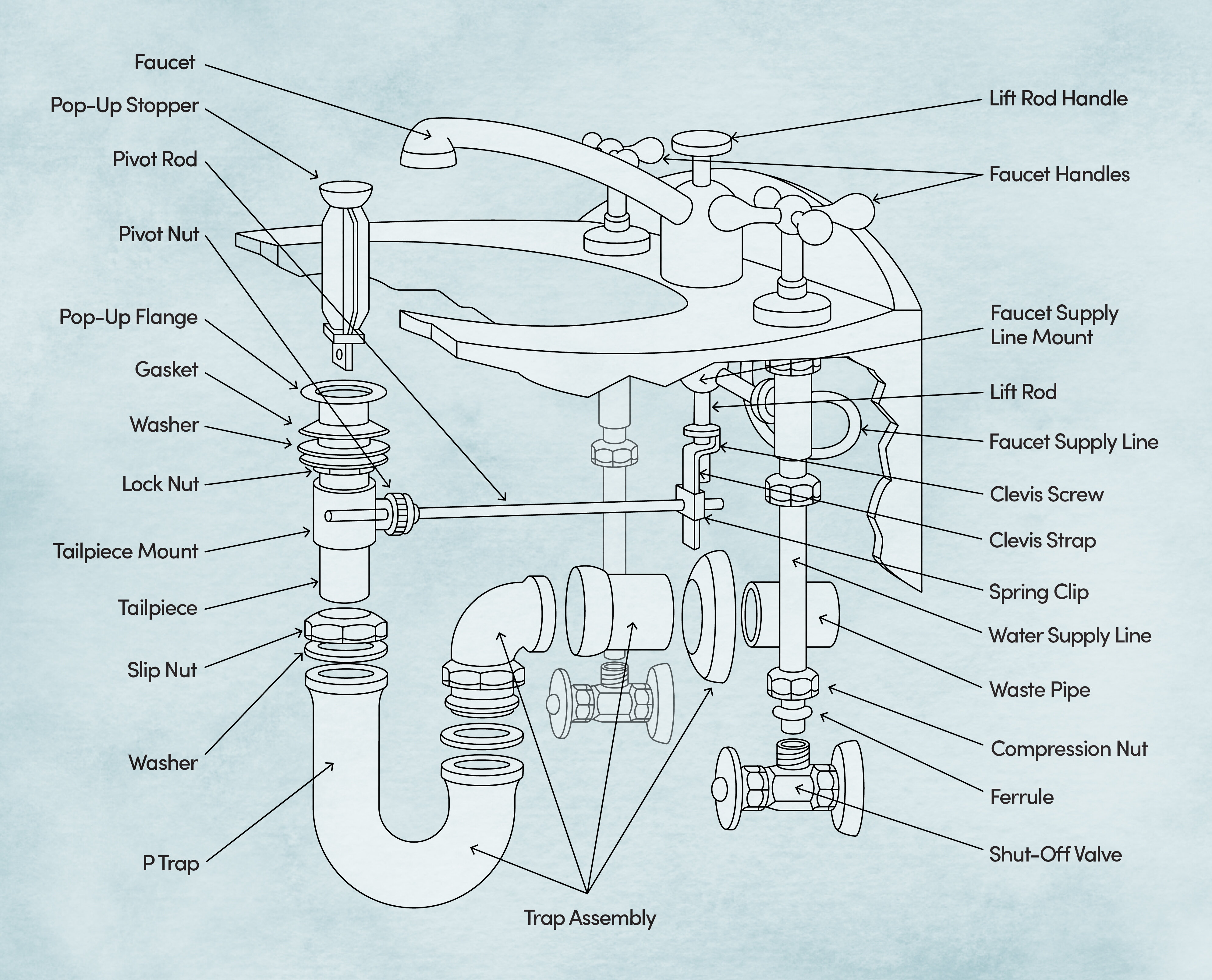 Two handle faucets are another popular choice for bathroom sinks. As the name suggests, this type of faucet has two separate handles for hot and cold water. Unlike a single handle faucet, two handle faucets allow for more precise temperature control. They also come in a variety of styles, from traditional to modern, and can be found in different finishes to match your bathroom design.
Two handle faucets are another popular choice for bathroom sinks. As the name suggests, this type of faucet has two separate handles for hot and cold water. Unlike a single handle faucet, two handle faucets allow for more precise temperature control. They also come in a variety of styles, from traditional to modern, and can be found in different finishes to match your bathroom design.
Wall-Mounted Faucets
 Wall-mounted faucets are a great option for smaller bathrooms or for those looking for a more unique and modern look. As the name implies, these faucets are mounted on the wall above the sink, rather than on the sink itself. This frees up counter space and gives a clean and streamlined look to the bathroom. Wall-mounted faucets are available in both single handle and two handle designs, making them versatile for any bathroom design.
Wall-mounted faucets are a great option for smaller bathrooms or for those looking for a more unique and modern look. As the name implies, these faucets are mounted on the wall above the sink, rather than on the sink itself. This frees up counter space and gives a clean and streamlined look to the bathroom. Wall-mounted faucets are available in both single handle and two handle designs, making them versatile for any bathroom design.
Vessel Sink Faucets
 Vessel sinks have become increasingly popular in modern bathroom designs, and with them, vessel sink faucets. These faucets are specifically designed to work with vessel sinks, which sit on top of the counter rather than being recessed into it. Vessel sink faucets are available in a wide range of styles and finishes, from sleek and modern to more traditional designs.
No matter which style of bathroom sink faucet you choose, it is important to consider both functionality and design.
Make sure to also consider the height and reach of the faucet to ensure it will work with your sink and provide enough space for handwashing. With the right faucet, your bathroom sink can become a focal point and add a touch of style to your overall bathroom design.
Vessel sinks have become increasingly popular in modern bathroom designs, and with them, vessel sink faucets. These faucets are specifically designed to work with vessel sinks, which sit on top of the counter rather than being recessed into it. Vessel sink faucets are available in a wide range of styles and finishes, from sleek and modern to more traditional designs.
No matter which style of bathroom sink faucet you choose, it is important to consider both functionality and design.
Make sure to also consider the height and reach of the faucet to ensure it will work with your sink and provide enough space for handwashing. With the right faucet, your bathroom sink can become a focal point and add a touch of style to your overall bathroom design.


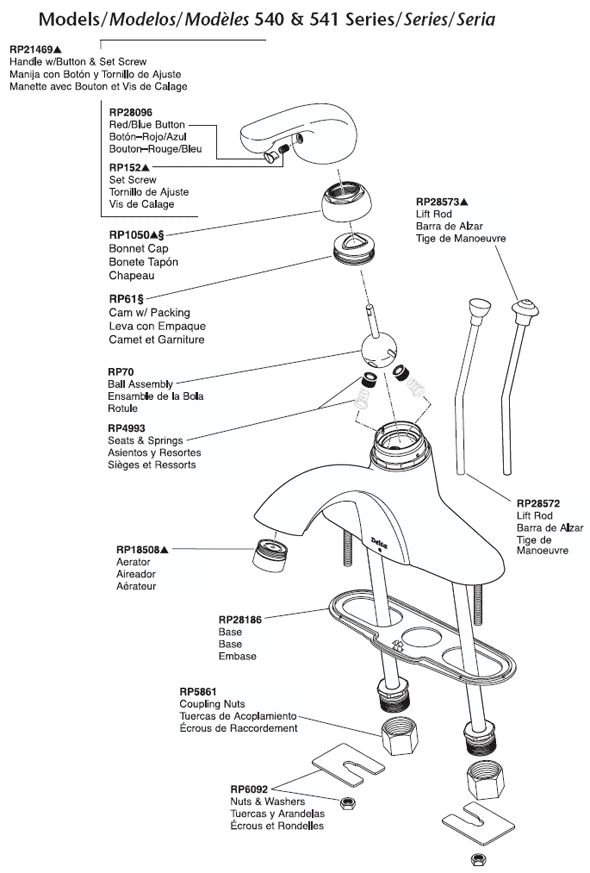



:max_bytes(150000):strip_icc()/repairing-a-single-handle-disk-faucet-1824878-hero-b3daee9af5174d8f9b9cb4a2582e7140.jpg)

